When it comes to selecting footwear for children, parents often find themselves choosing between kids' sandals and kids' flip flops, two popular options for summer wear. Understanding the features of each type of footwear and their impact on foot health is crucial in making the right choice for your child.
Kids' Flip Flops and Sandals: An Overview
Kids' flip flops are characterized by a simple design with a Y-shaped strap that goes between the toes, providing a casual and easy-to-wear option for kids during the summer months. On the other hand, kids' sandals feature straps that secure the foot to the sole, offering more coverage and support compared to flip flops. Both styles are suitable for various casual occasions, such as trips to the beach, pool days, or leisurely outings.

Are Flip Flops Bad for Your Kids?
Flip flops are favored for their convenience and breathability, making them a go-to choice for many children. Their slip-on design and open structure are perfect for quick outings or activities where ventilation is essential. However, despite their popularity, flip flops may not be the best option for prolonged wear. The lack of arch support and minimal cushioning in flip flops can lead to discomfort, blisters, and potential foot strain, especially when worn for extended periods.
Foot Health Considerations with Flip Flops
While kids' flip flops are convenient and trendy, they are not known for being the most foot-friendly option. The flat soles and lack of support in flip flops can cause issues such as plantar fasciitis, arch pain, and heel spurs in the long run. Additionally, the minimal protection offered by flip flops leaves feet vulnerable to injuries from debris or uneven surfaces. Therefore, it's essential to limit the use of flip flops and prioritize footwear that provides better support and cushioning for growing feet.
Advantages of Kids' Sandals
Kids' sandals, with their supportive straps and cushioned soles, offer a more secure and comfortable option for children's feet. Sandals provide better stability and protection compared to flip flops, making them ideal for active kids who are constantly on the move. The adjustable straps in sandals allow for a customized fit, ensuring that the foot is properly supported during various activities. Moreover, the enclosed design of sandals offers more coverage and safeguards the toes from potential injuries, making them a safer choice for outdoor play.
Sandals
Supporting Healthy Foot Development with Sandals
Choosing kids' sandals over flip flops can positively impact a child's foot health and development. Sandals with features like arch support, cushioning, and a contoured footbed promote proper foot alignment and reduce strain on growing muscles and tendons. By wearing supportive sandals, children can improve their posture, reduce the risk of foot-related issues, and enhance overall comfort while engaging in physical activities. Encouraging the use of sandals with adequate support can contribute to healthy foot development and prevent future foot problems.
In conclusion, while kids' flip flops are convenient for short-term use, they may not offer the necessary support for growing feet. Kids' sandals, with their enhanced support and protective features, are a preferable choice for promoting healthy foot development in children. By understanding the differences between flip flops and sandals and considering the long-term implications for foot health, parents can make informed decisions when selecting footwear for their little ones.




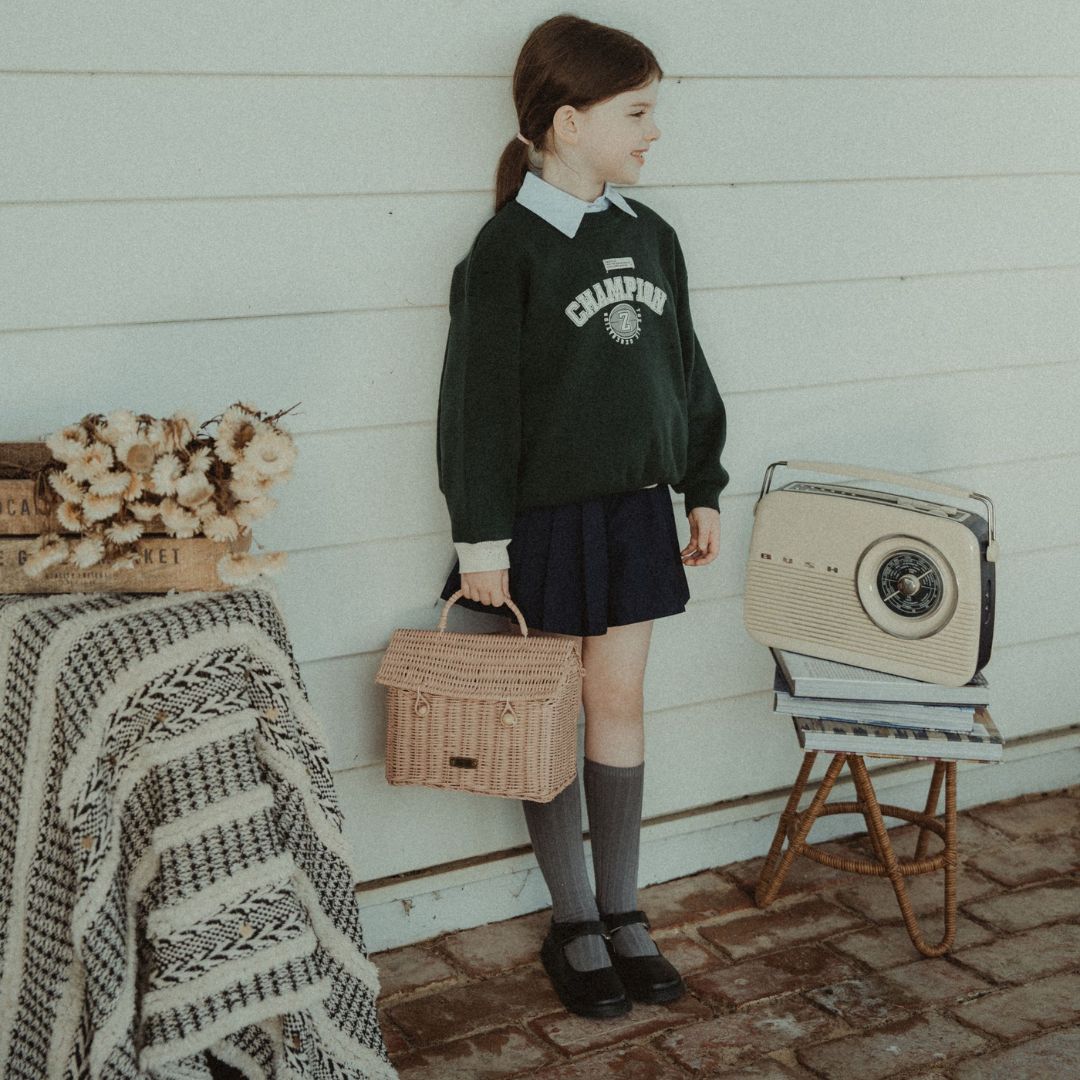

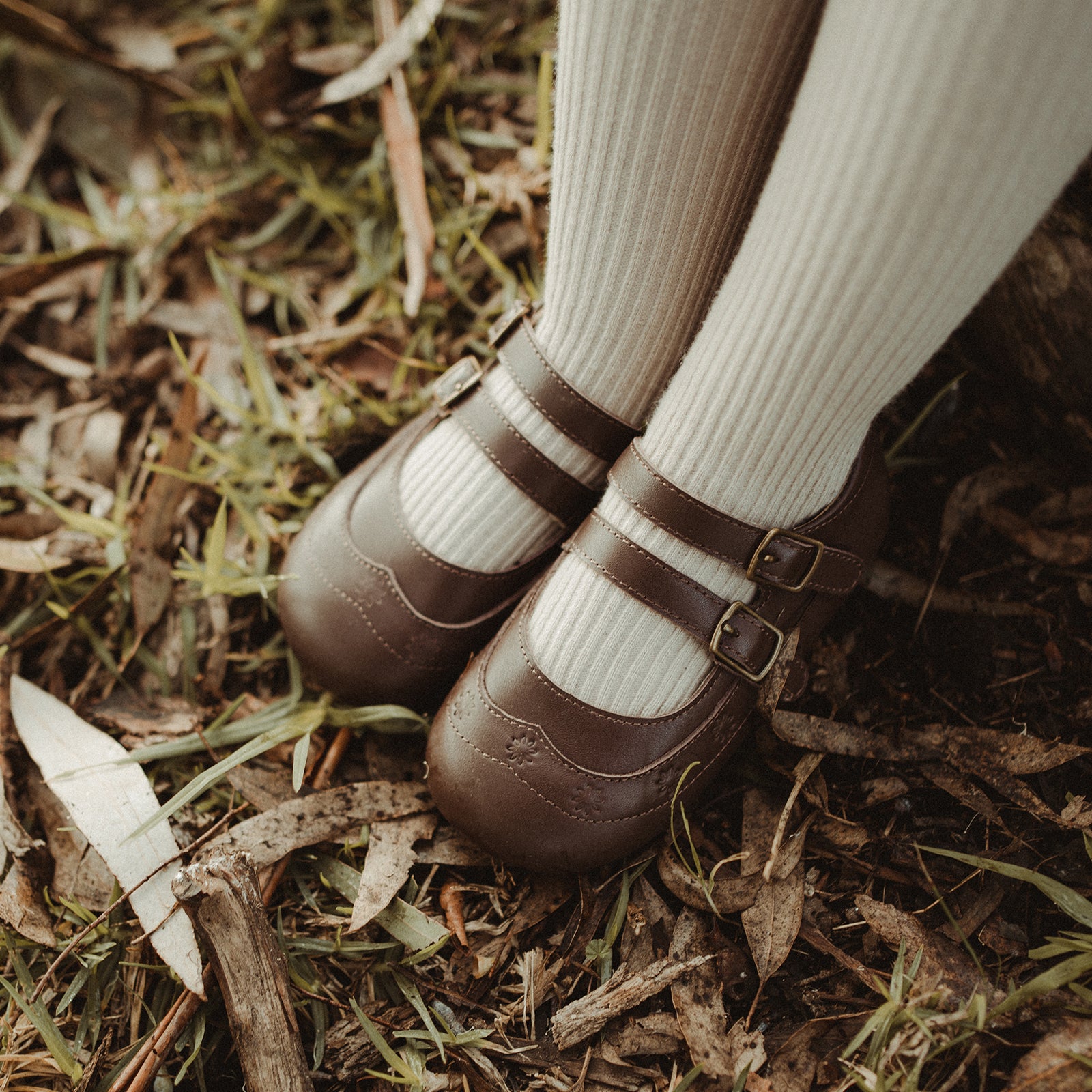
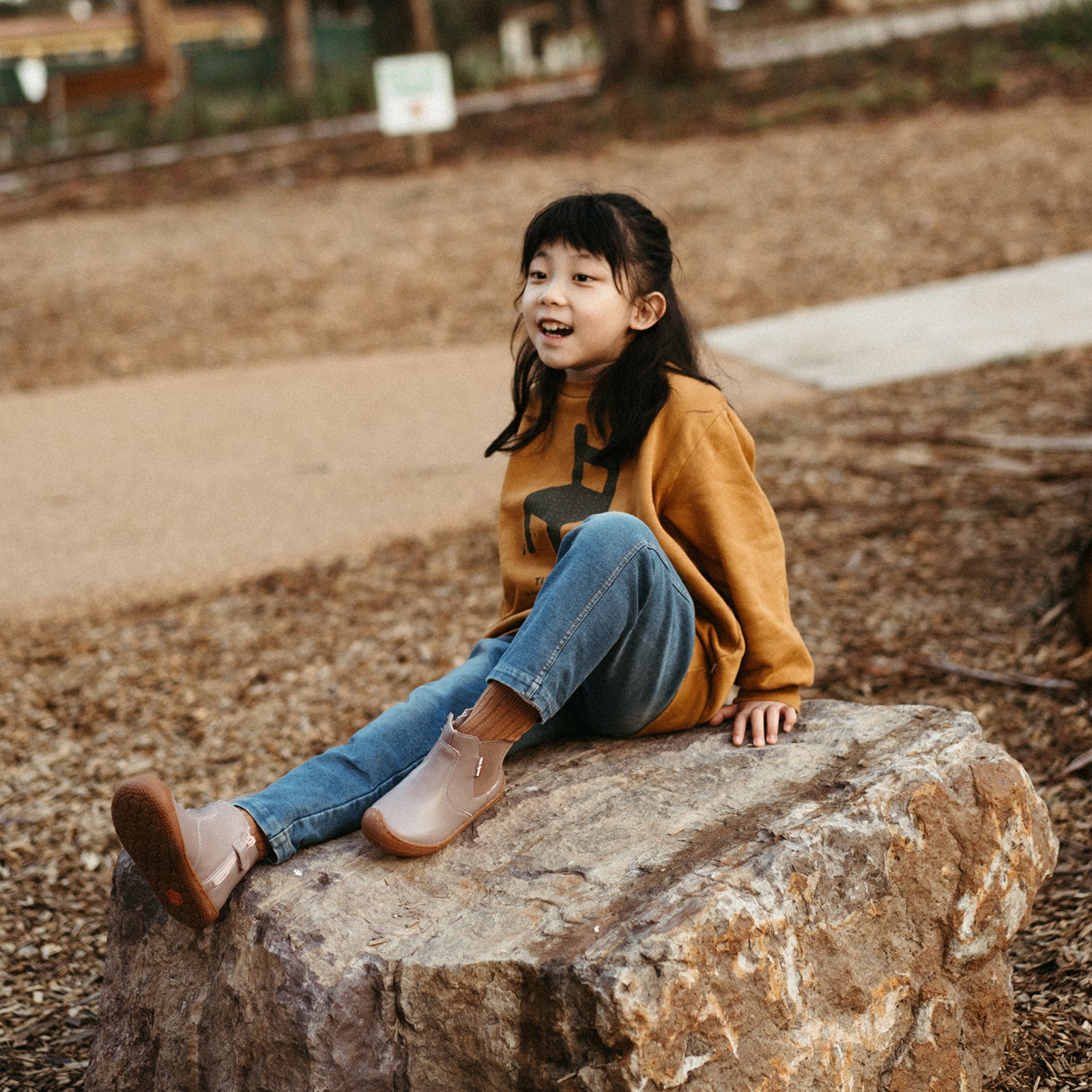
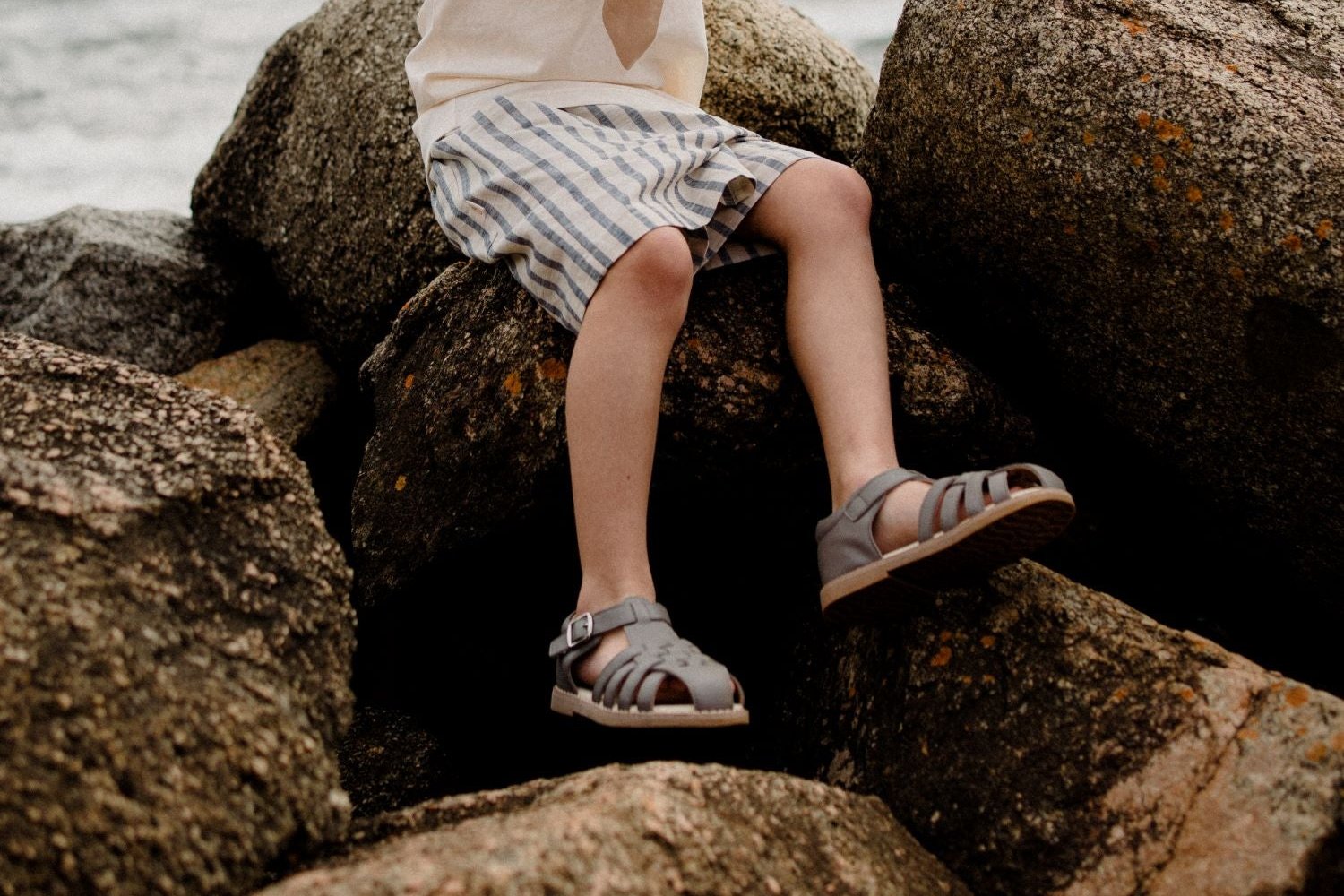

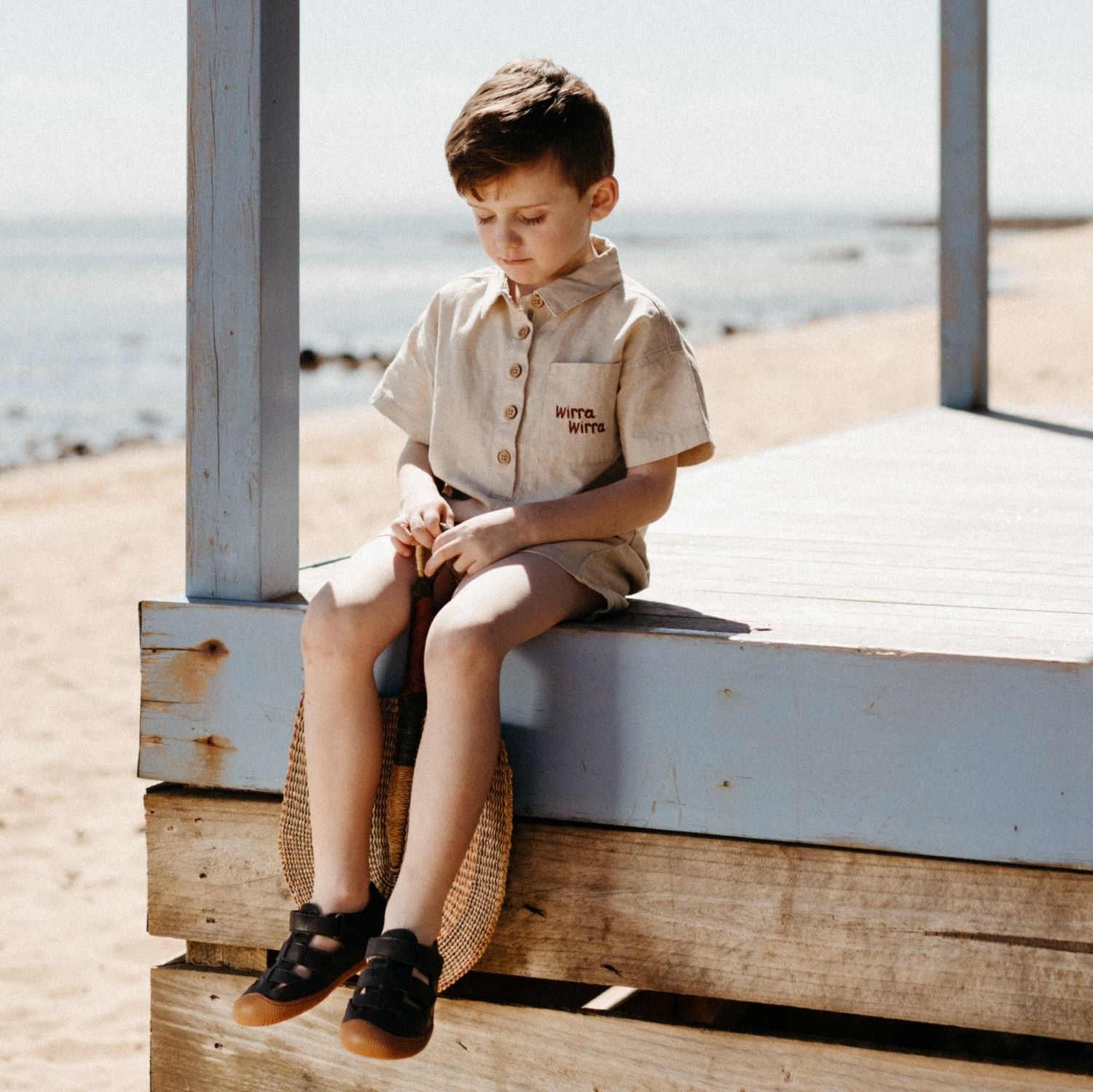







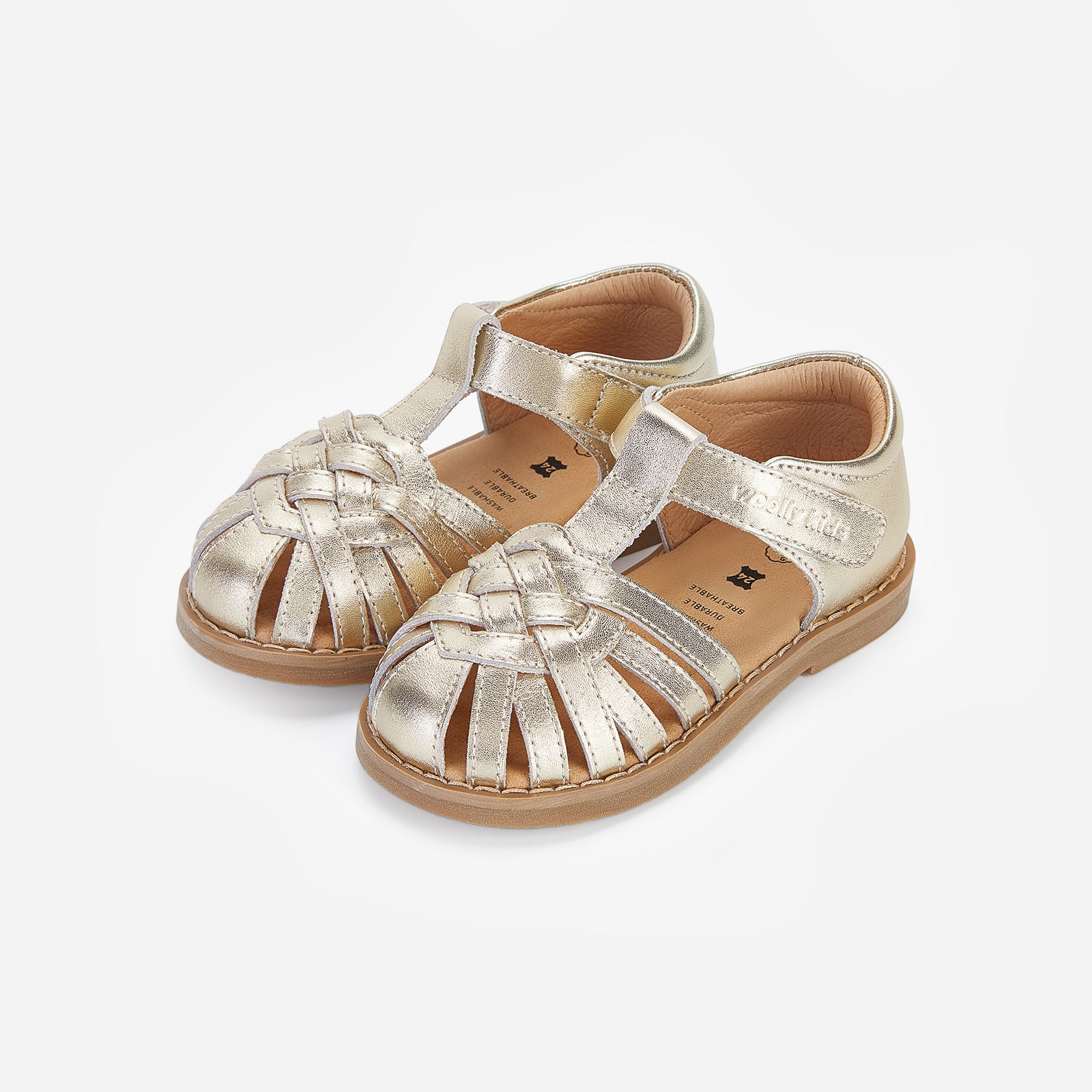






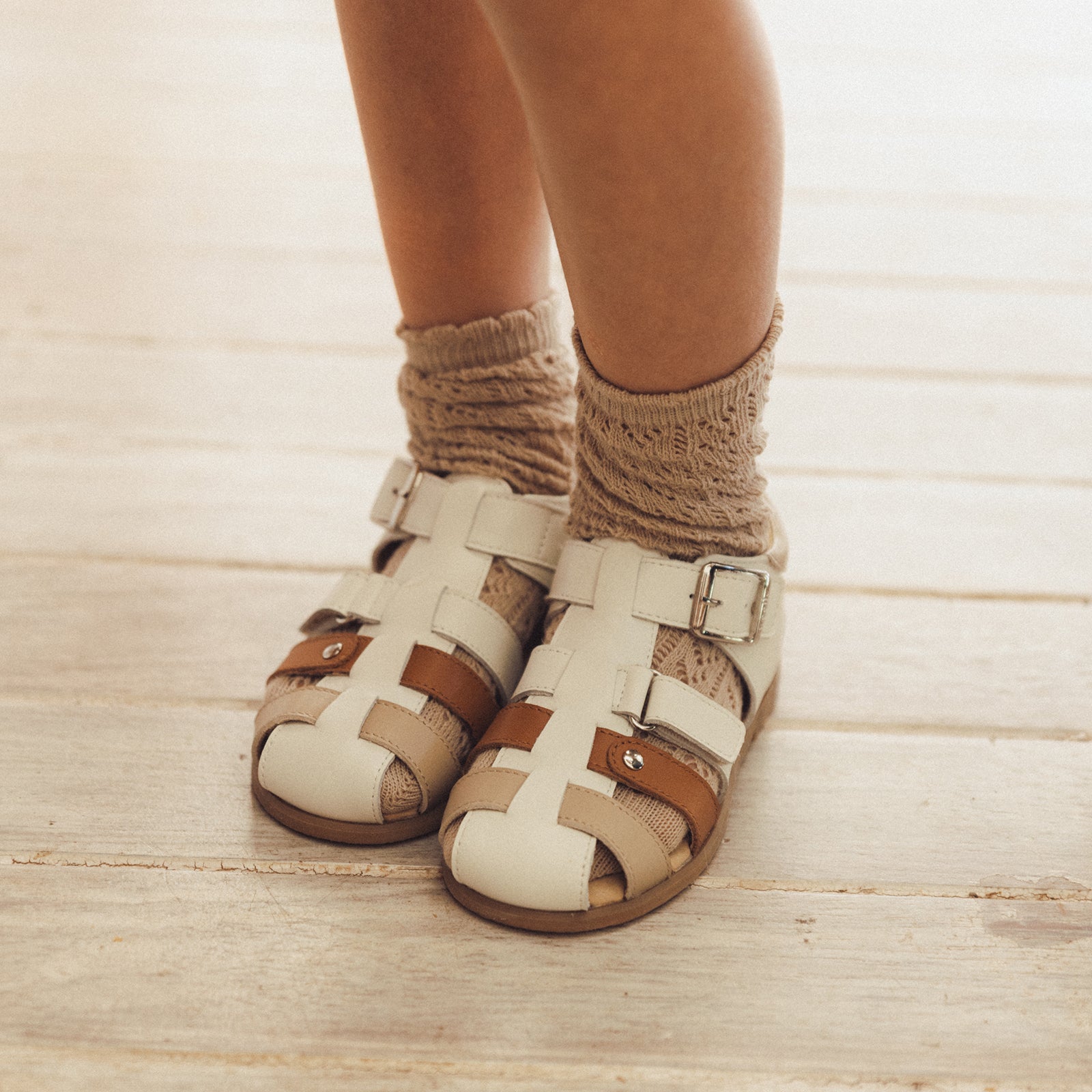


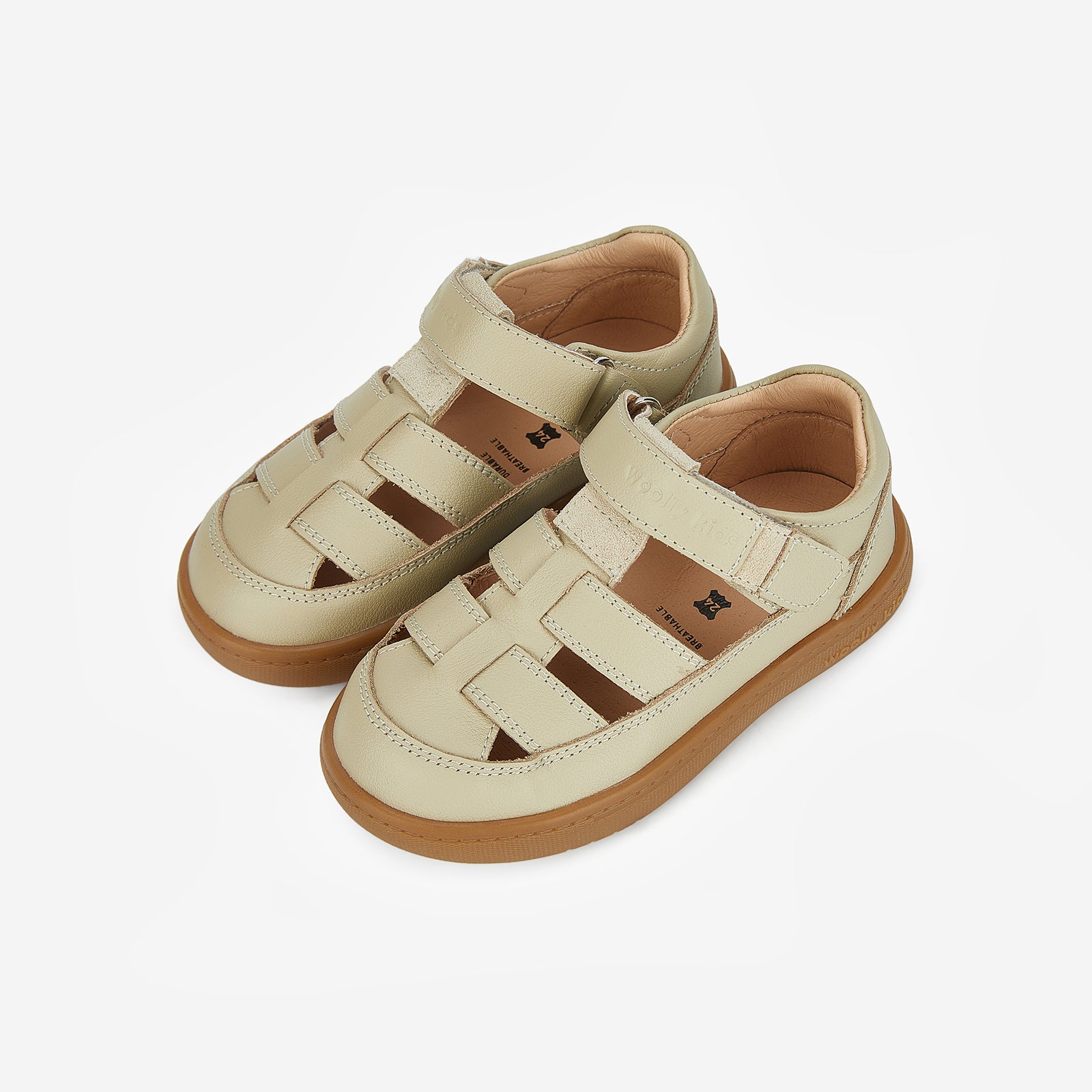


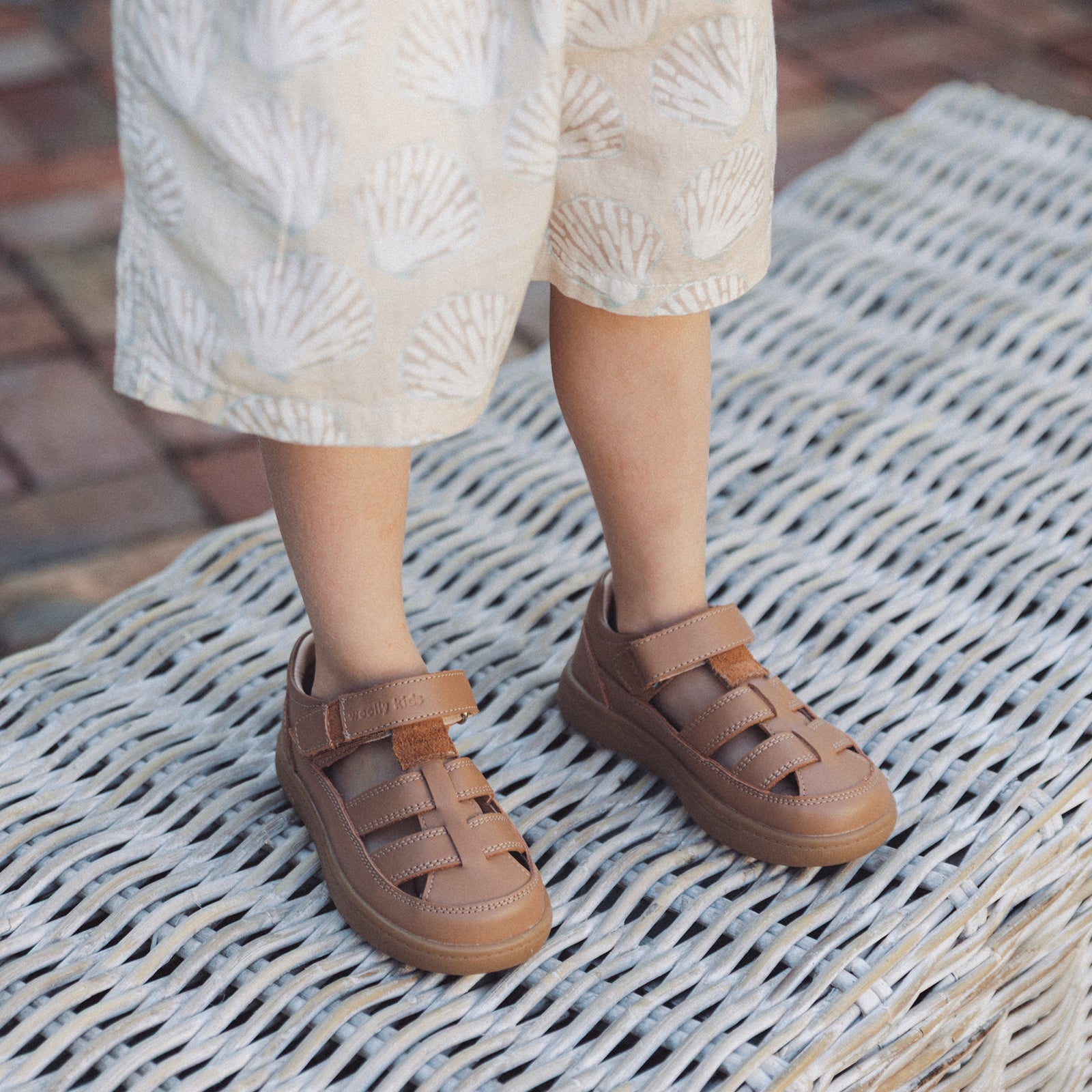
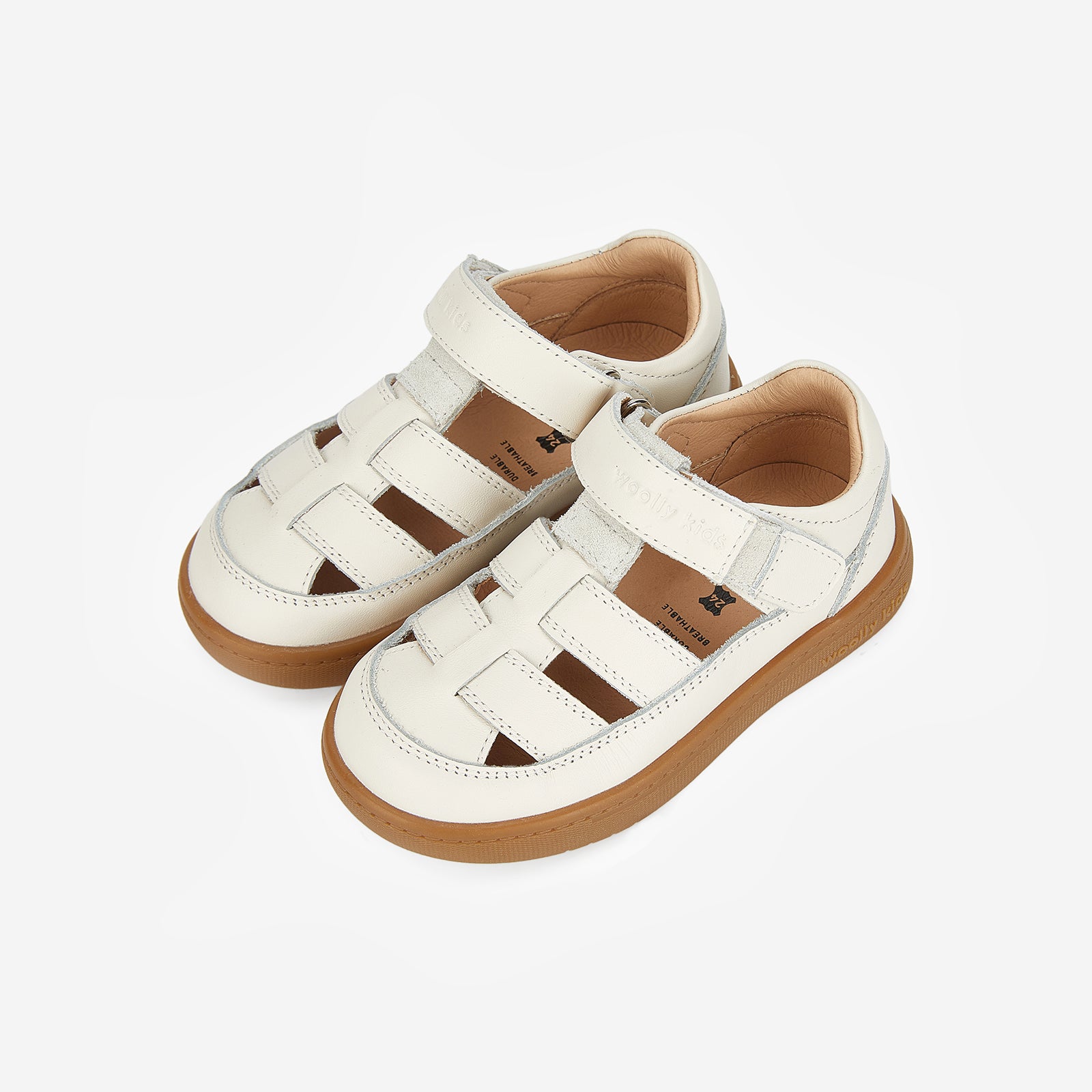

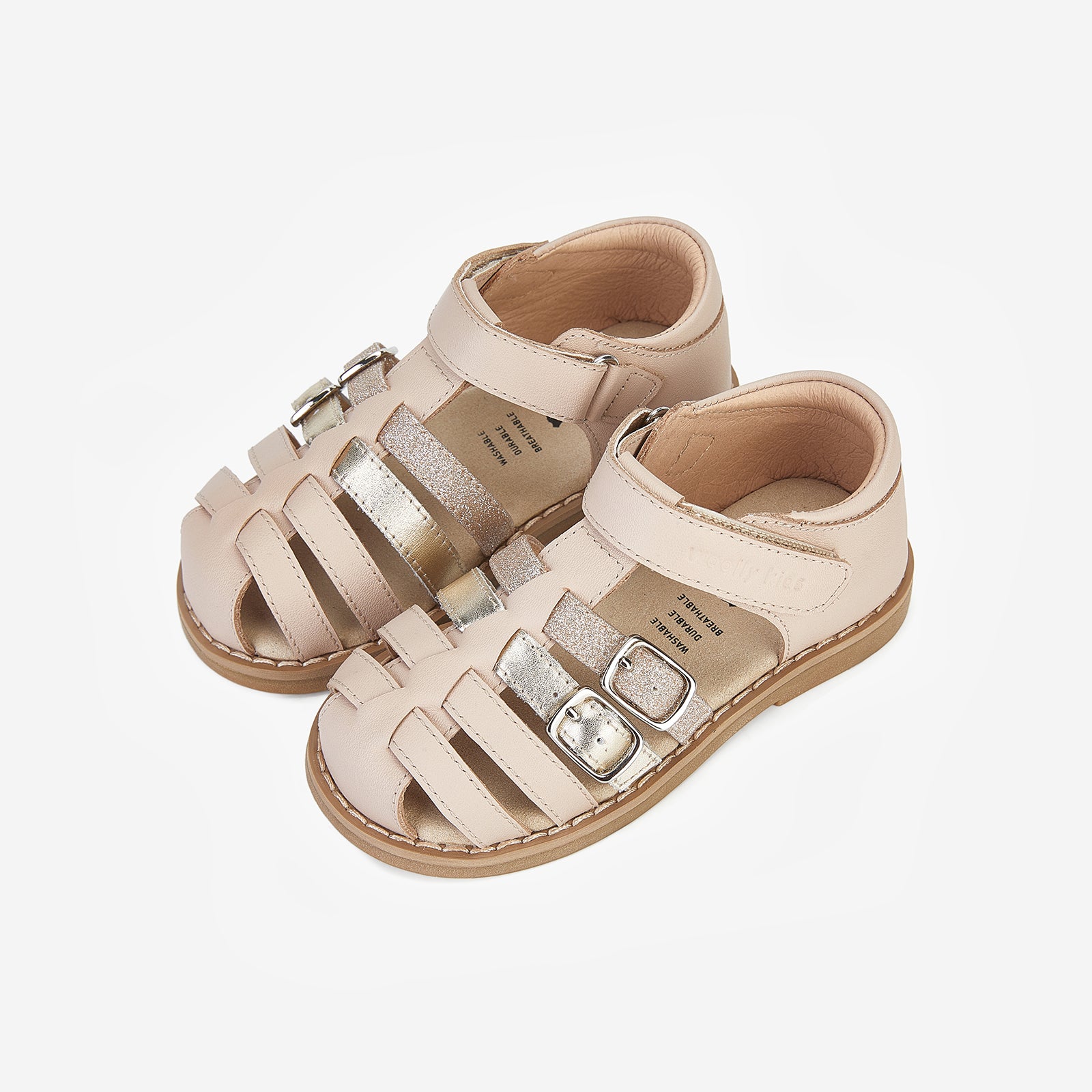


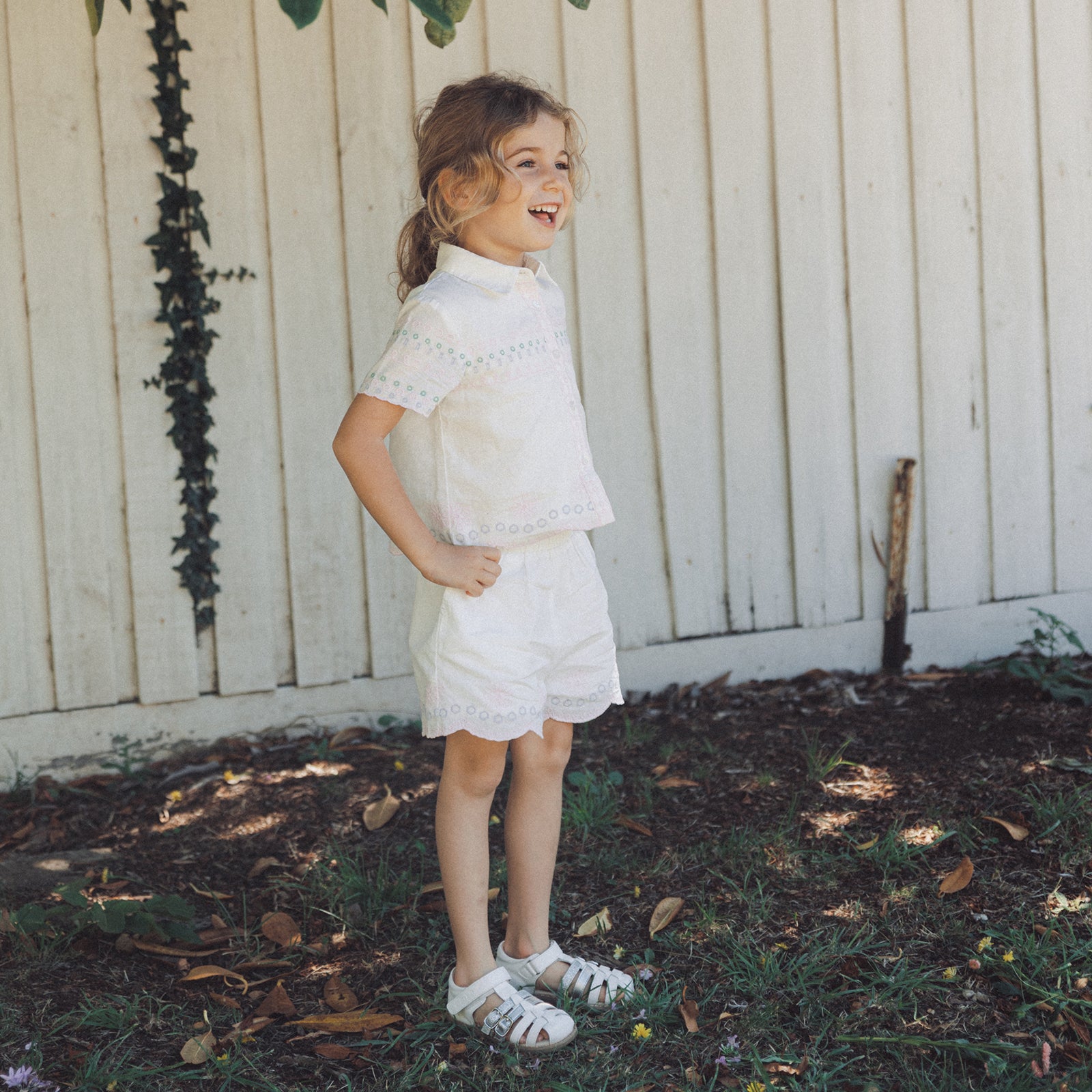
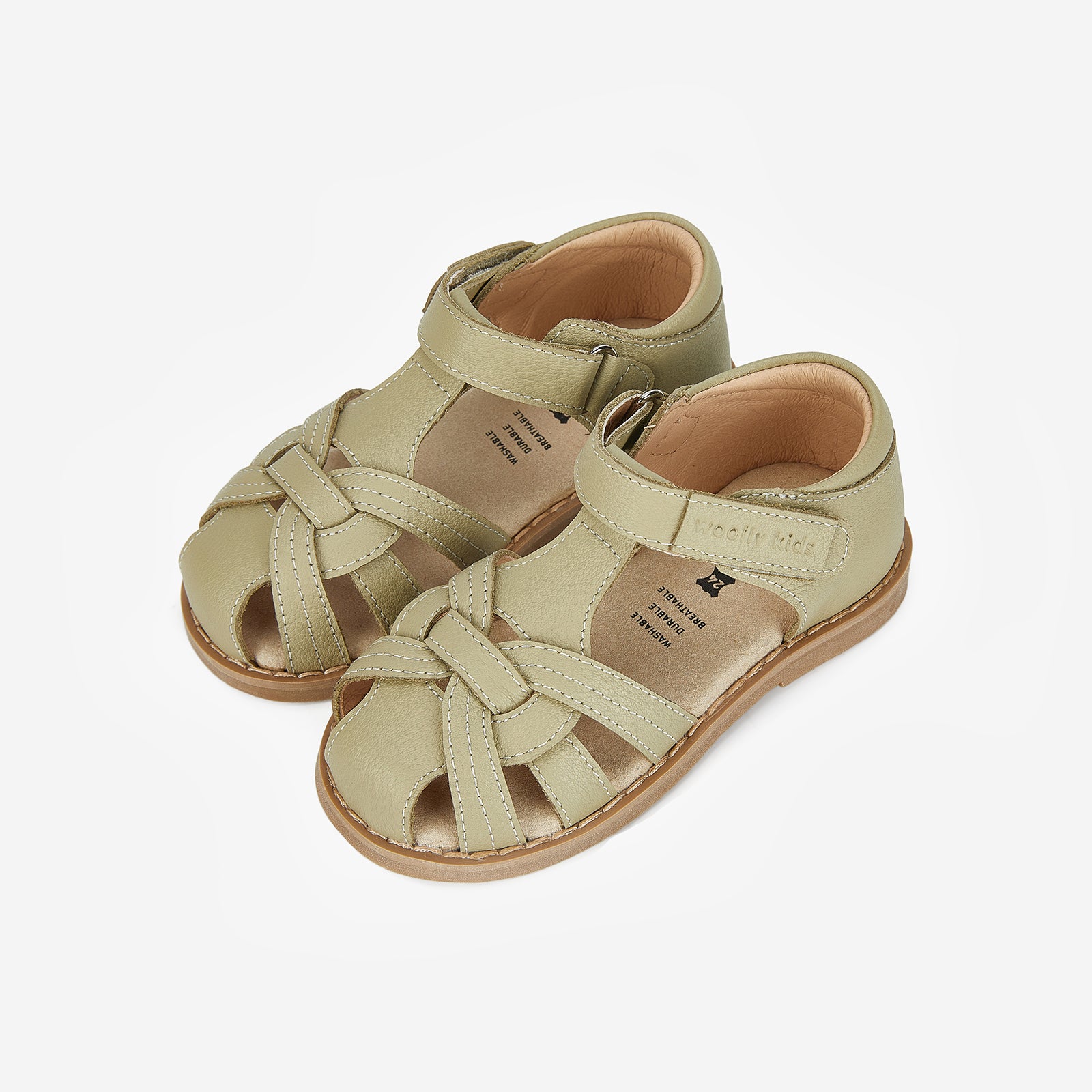
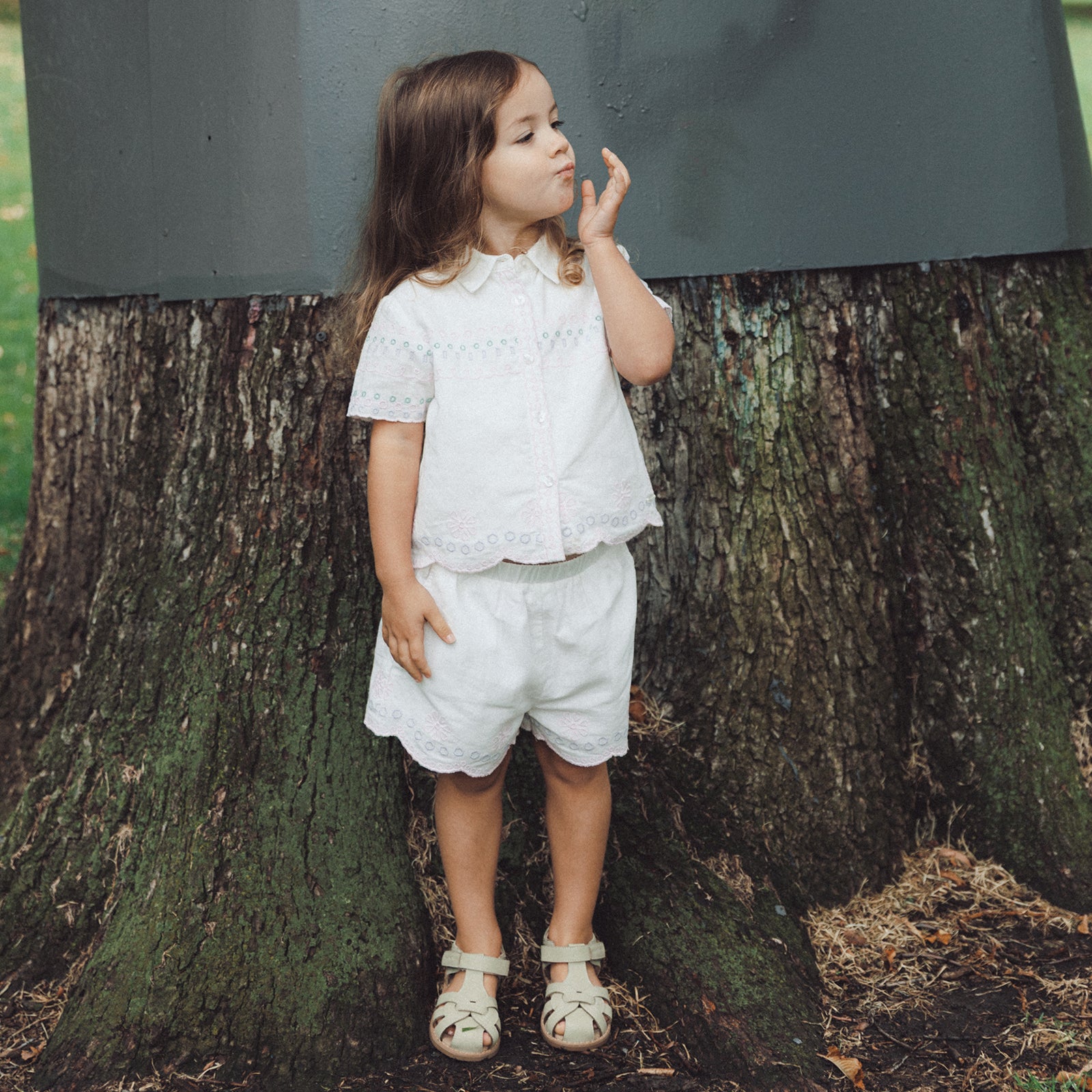
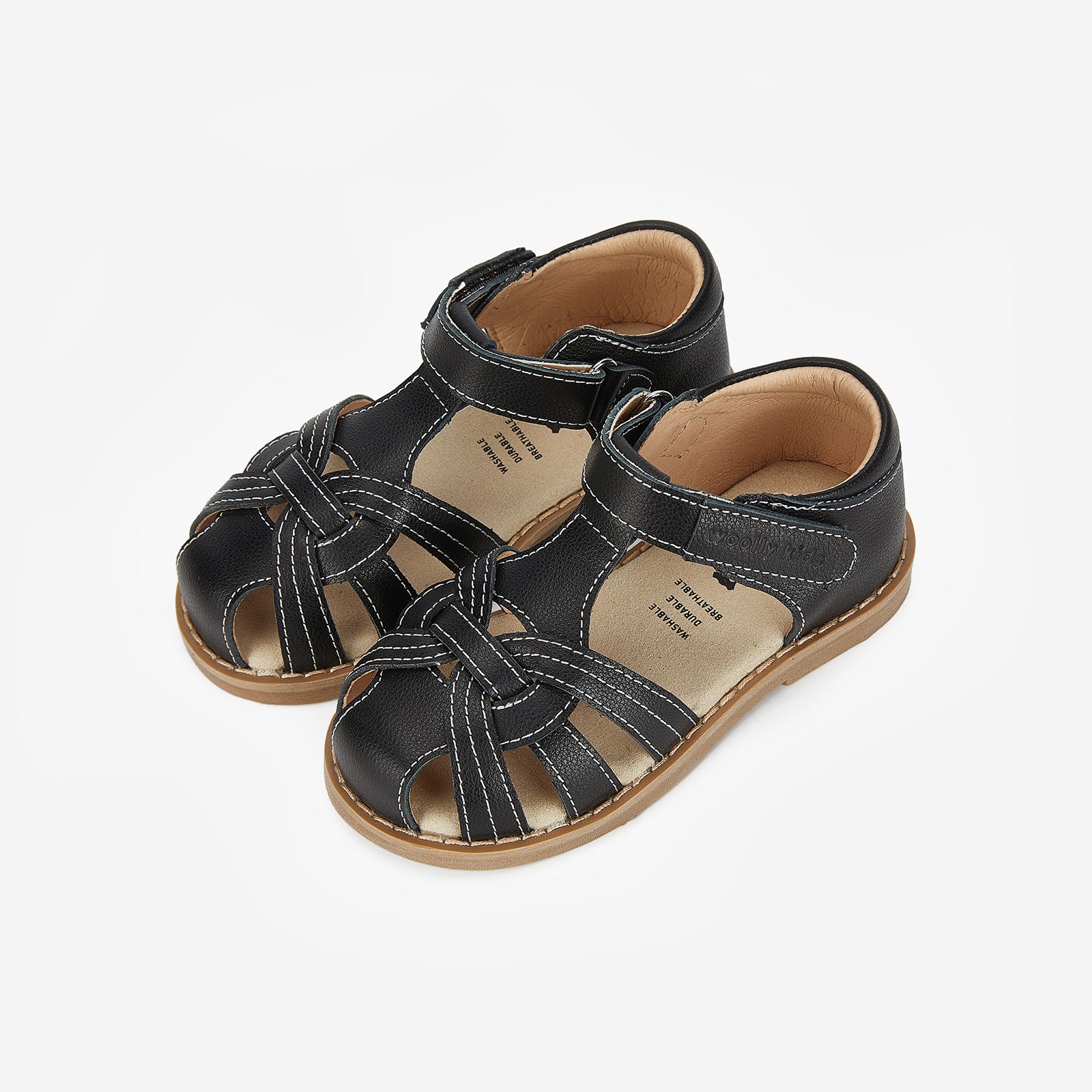

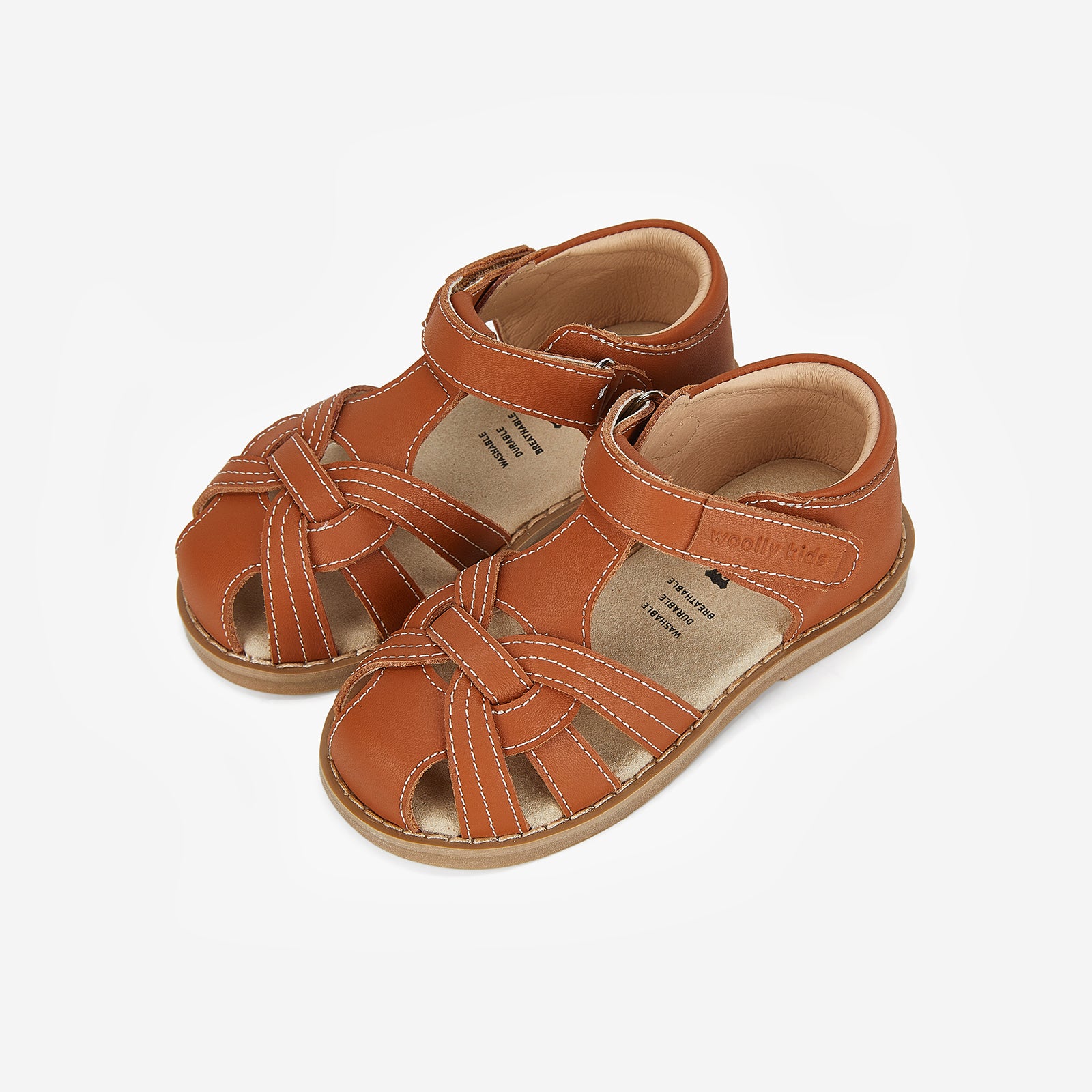




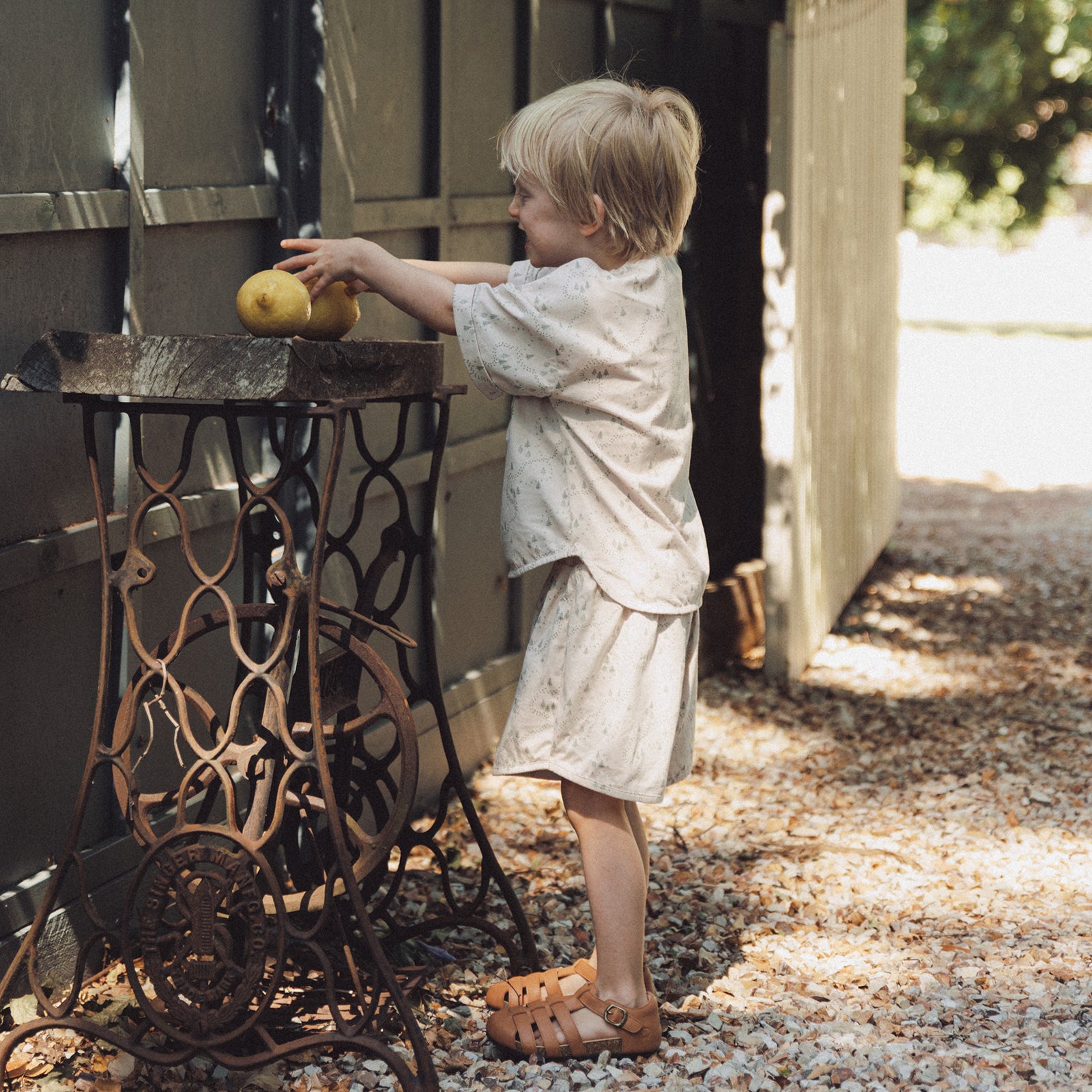
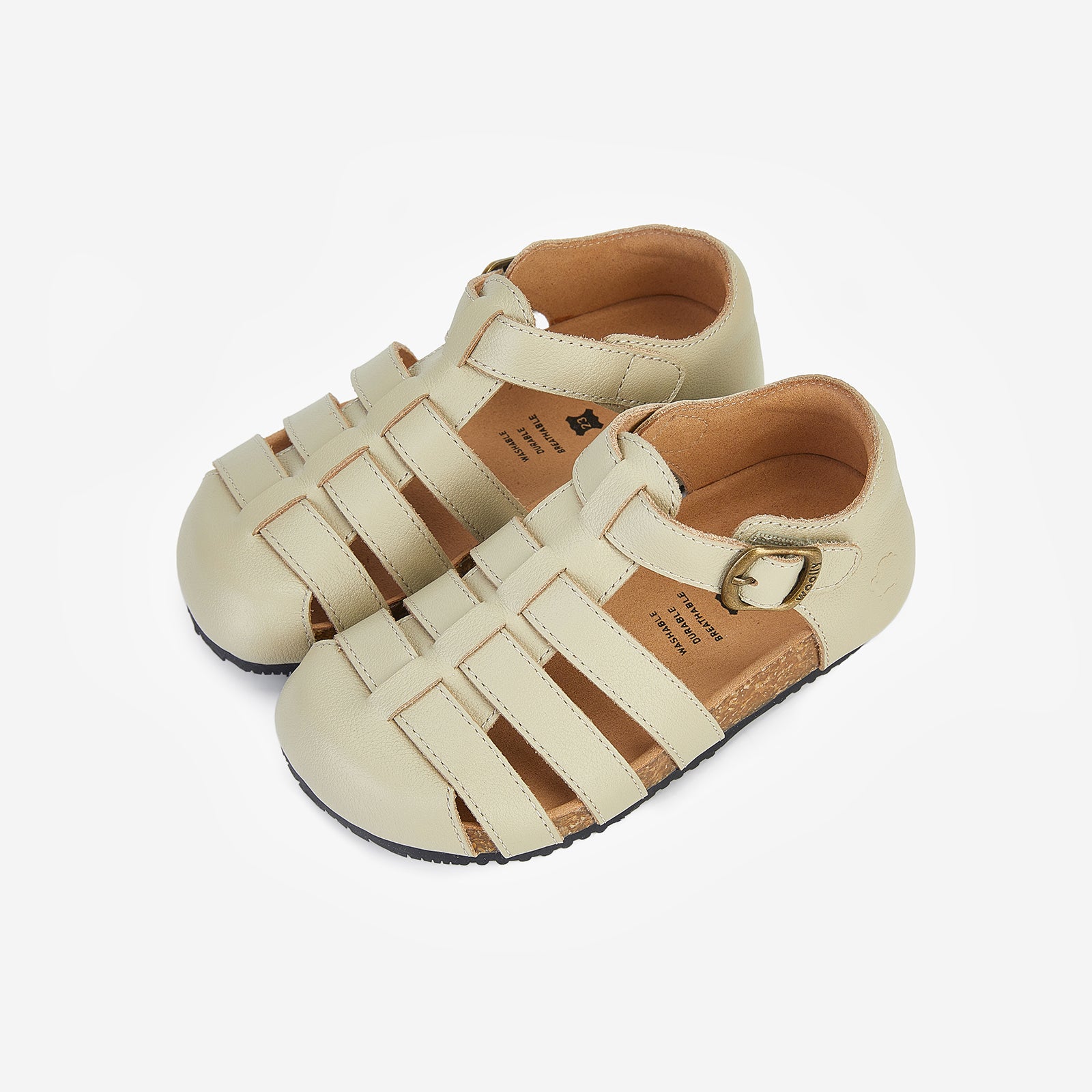

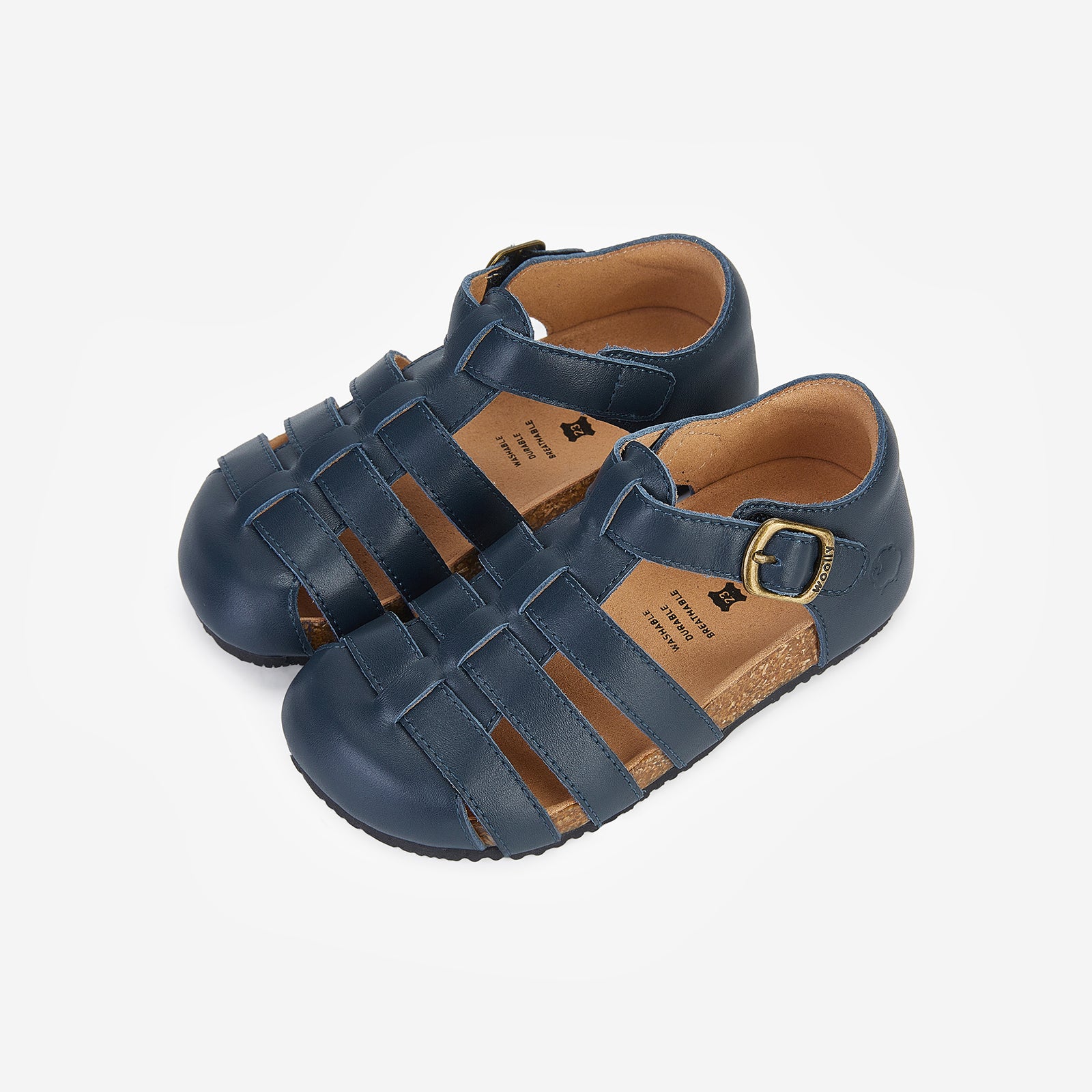

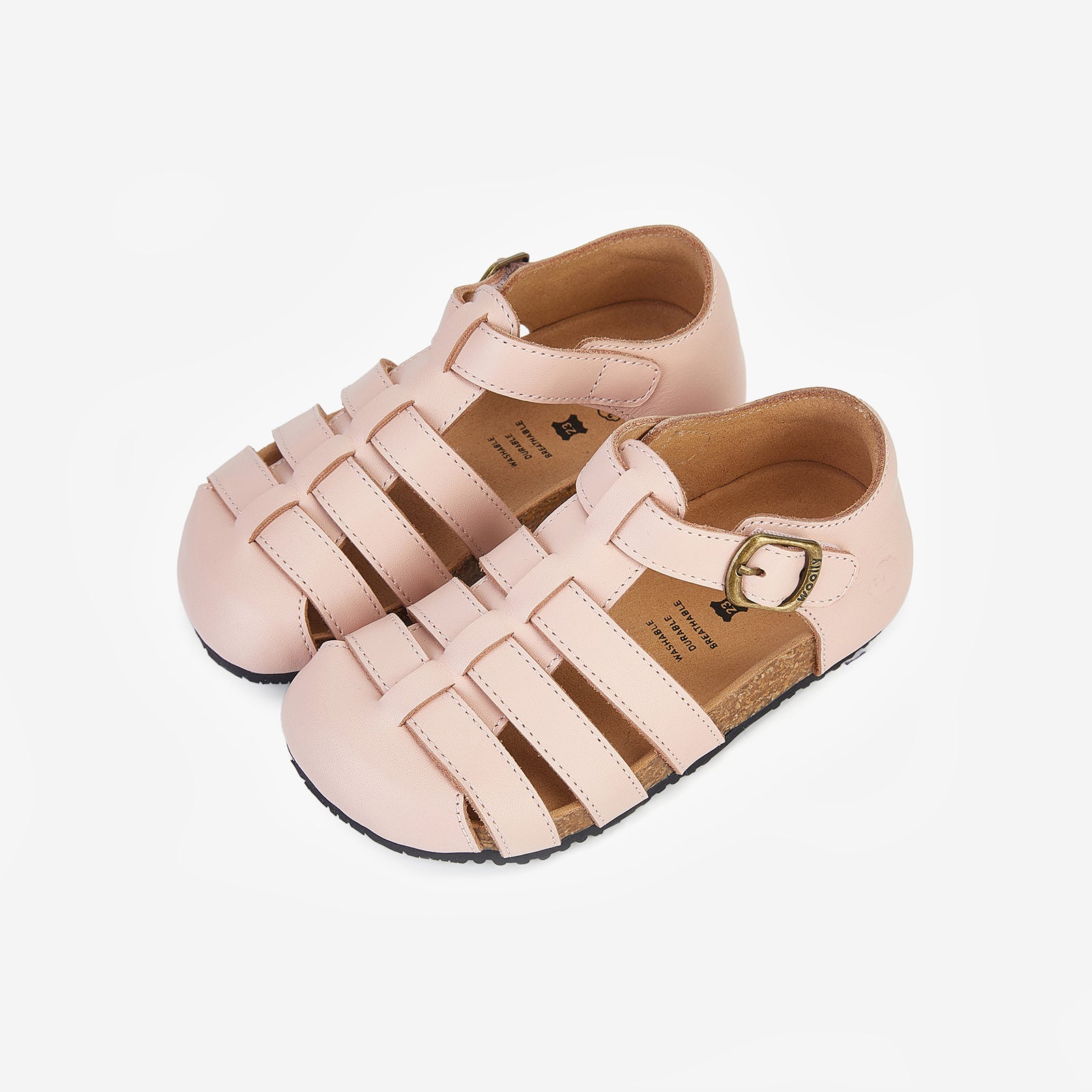
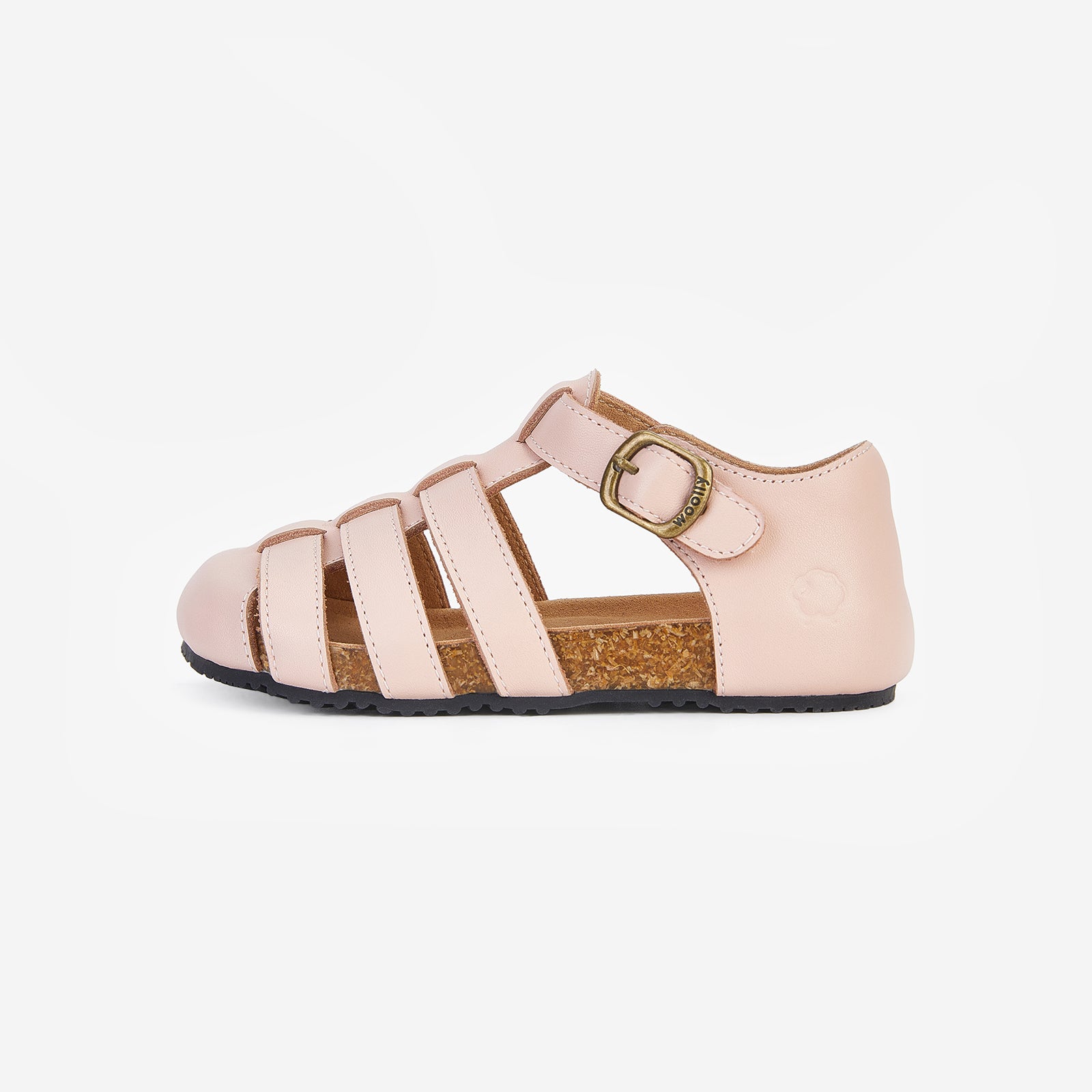
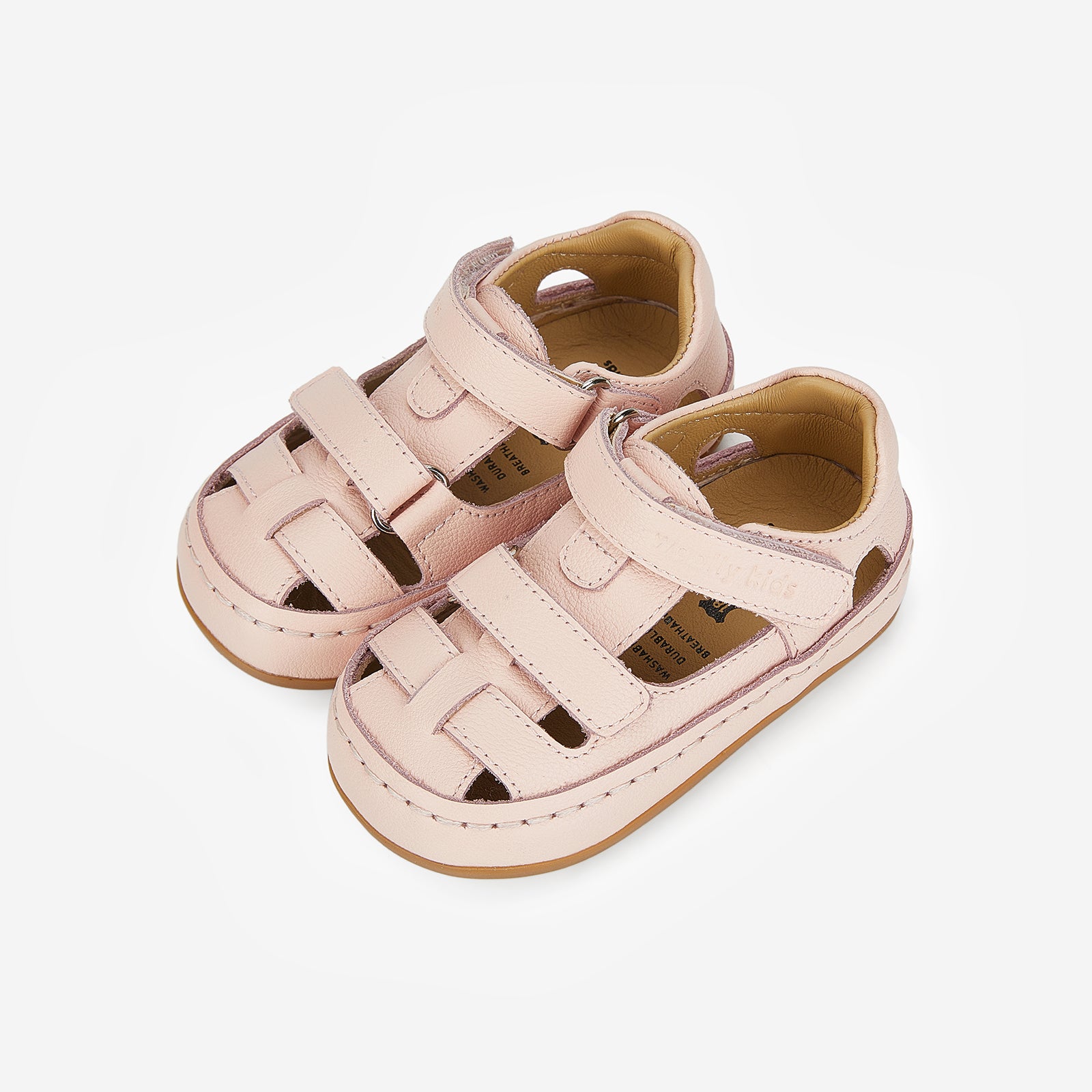
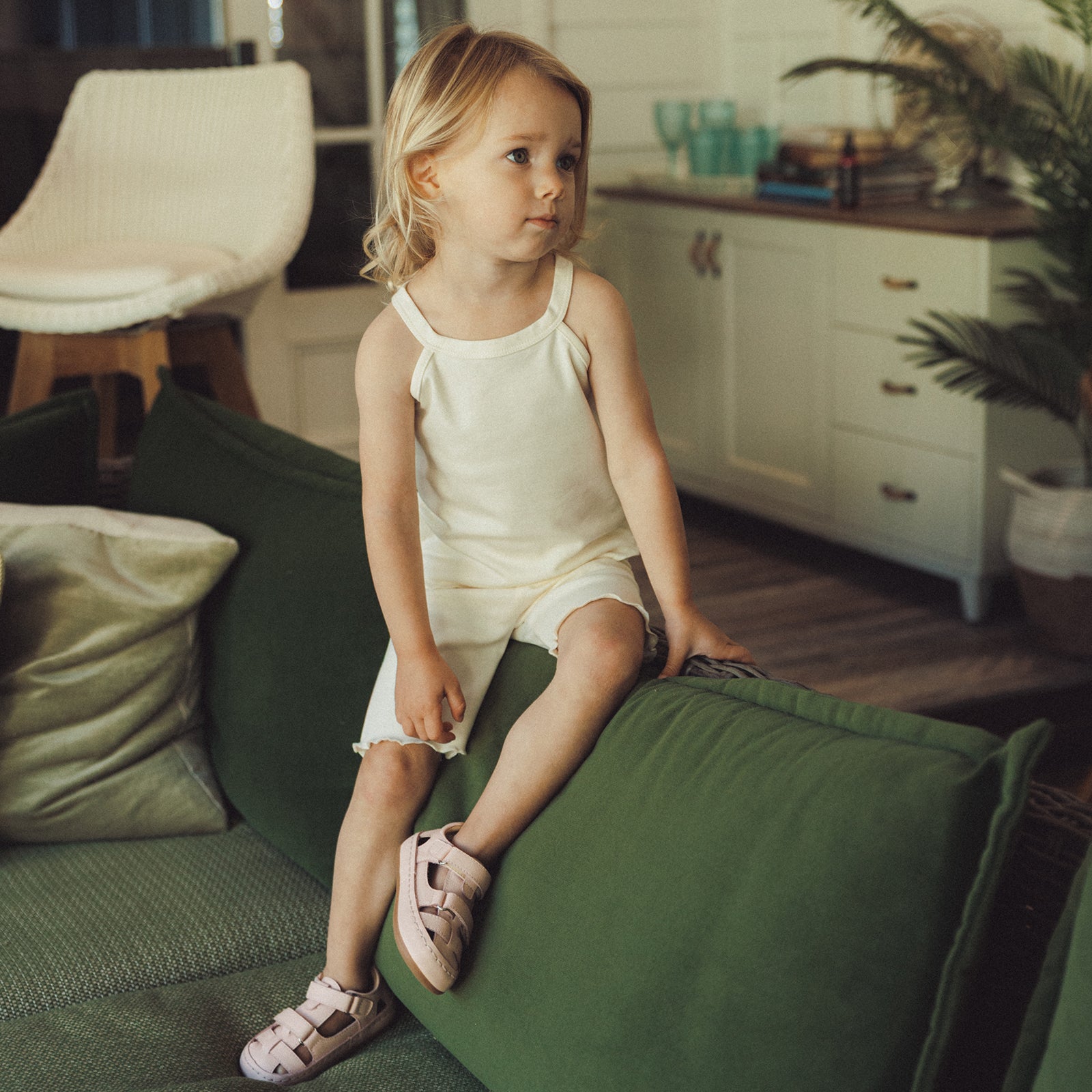
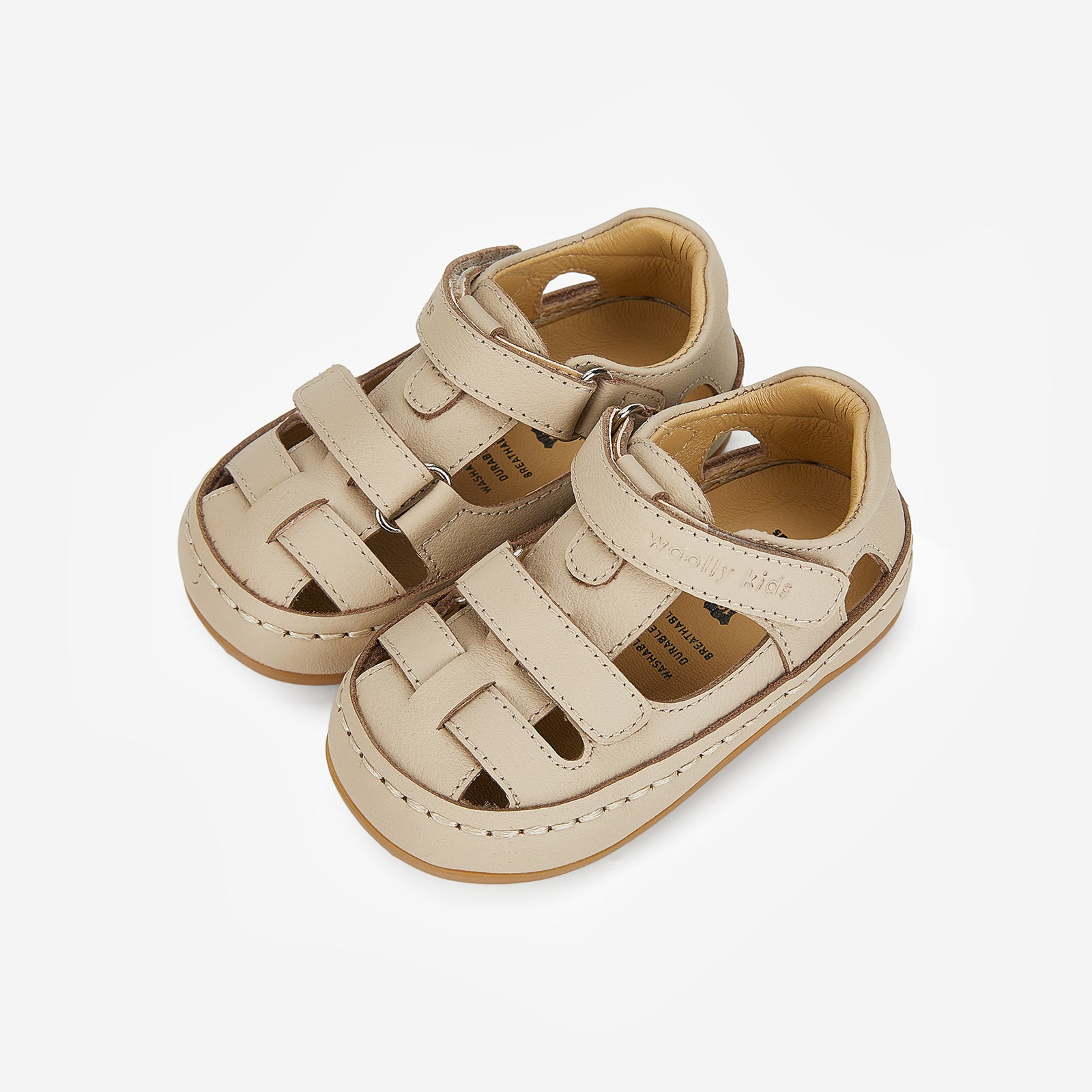

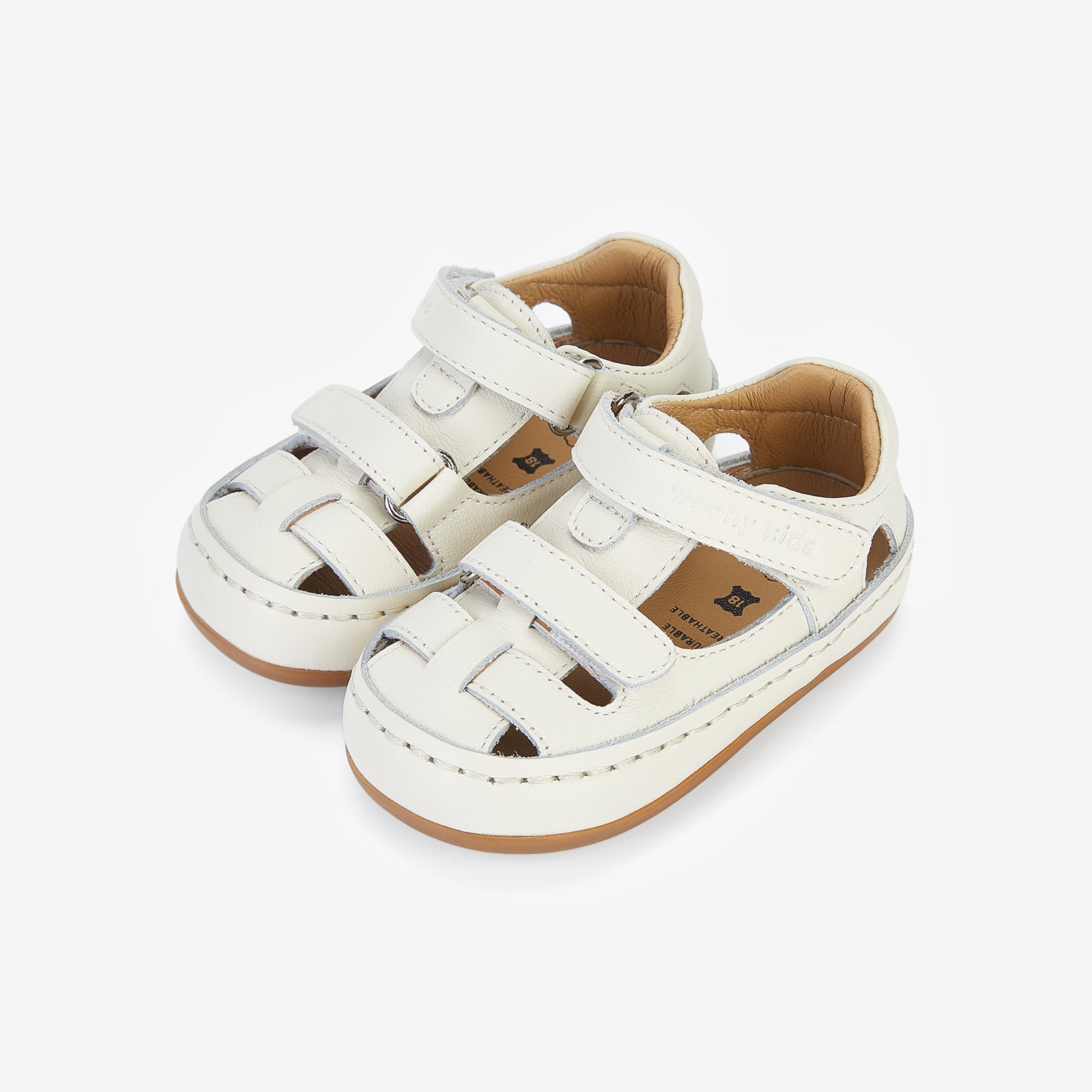







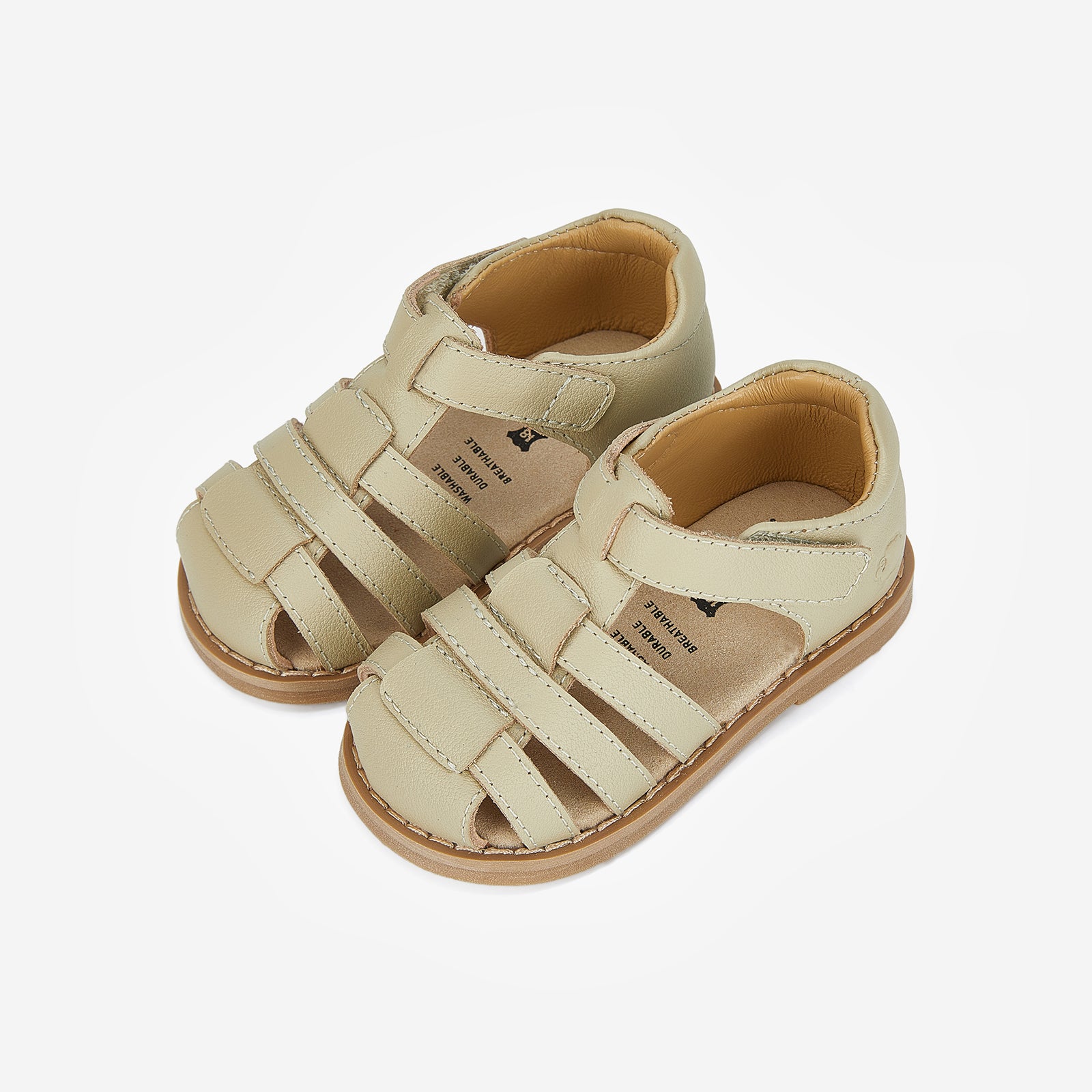
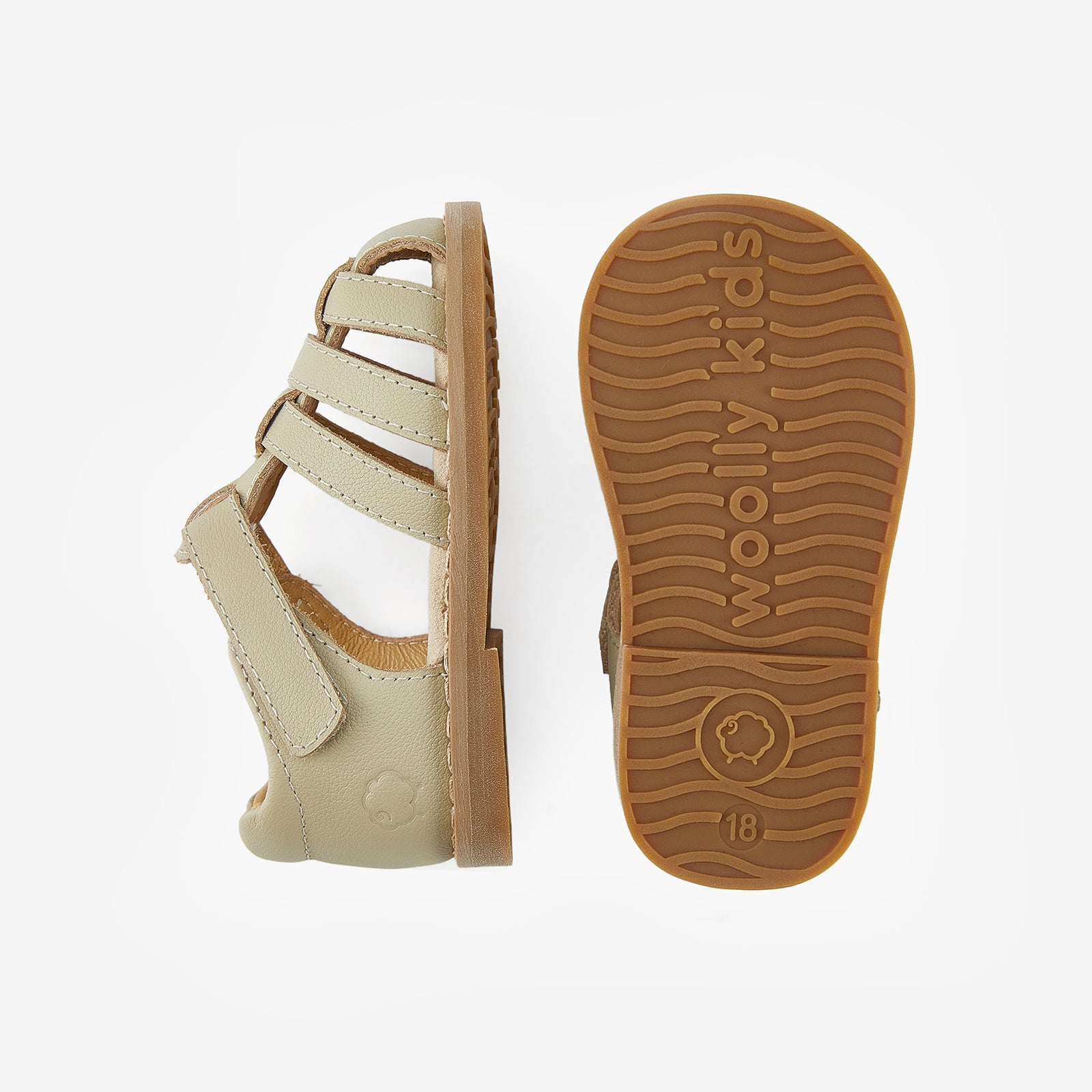

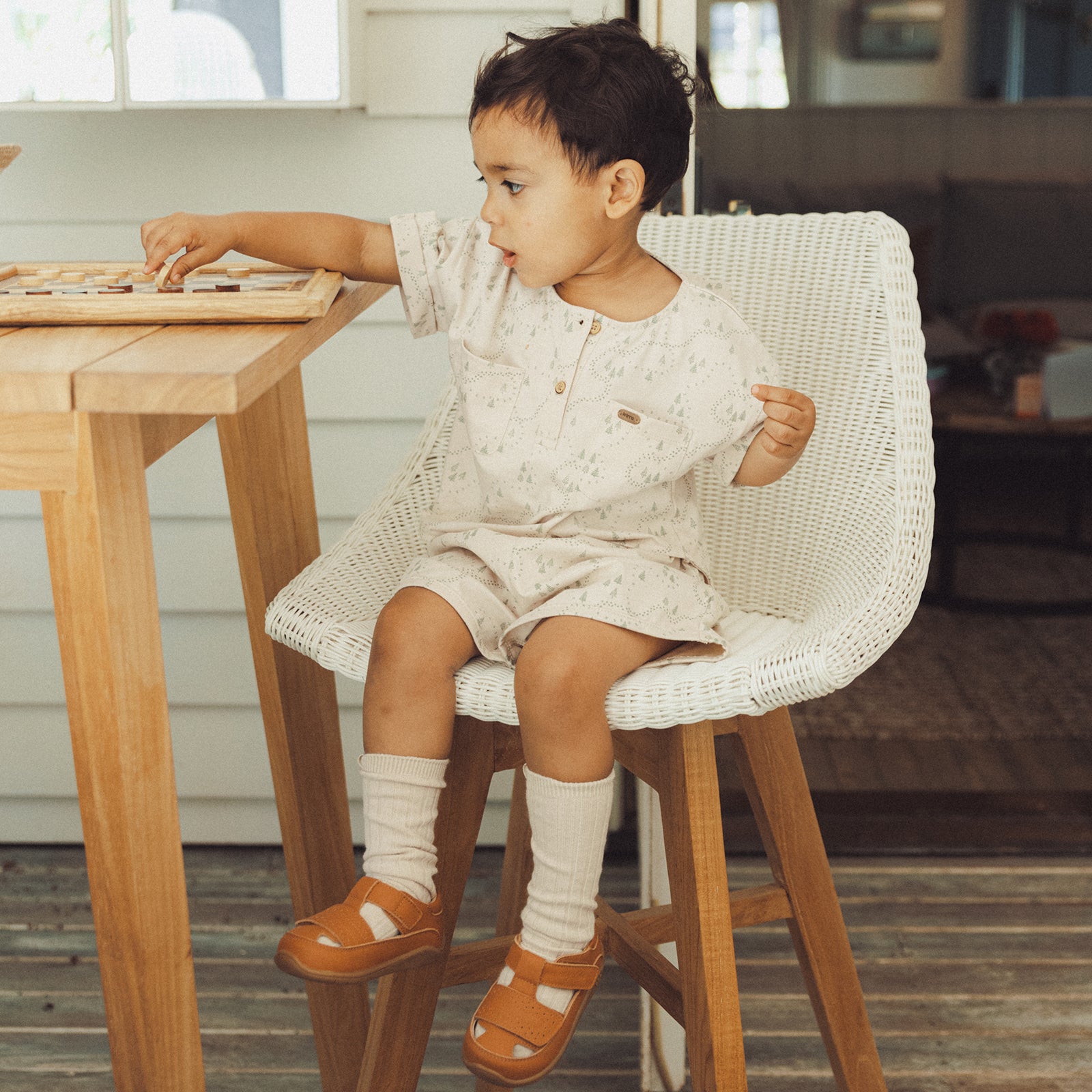


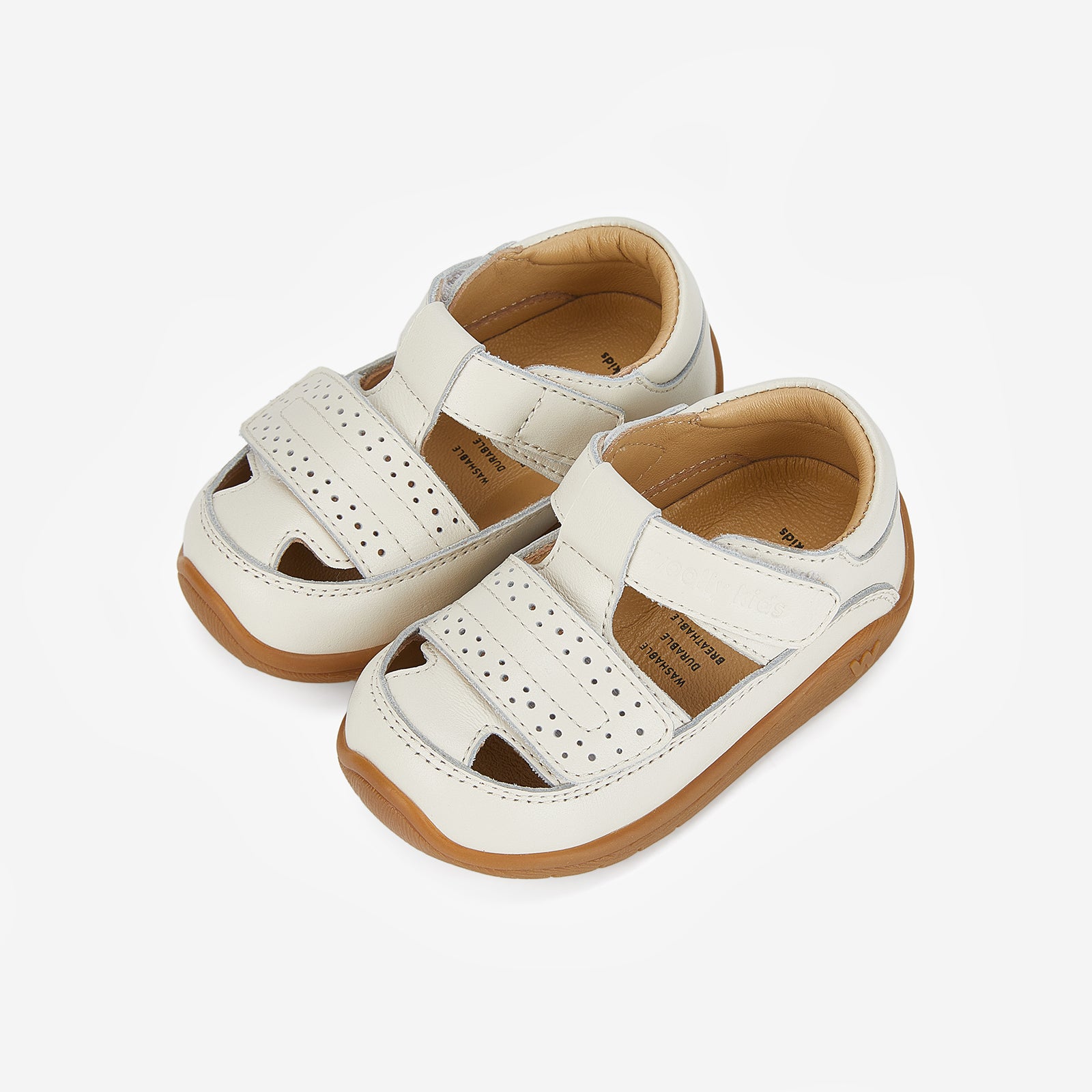

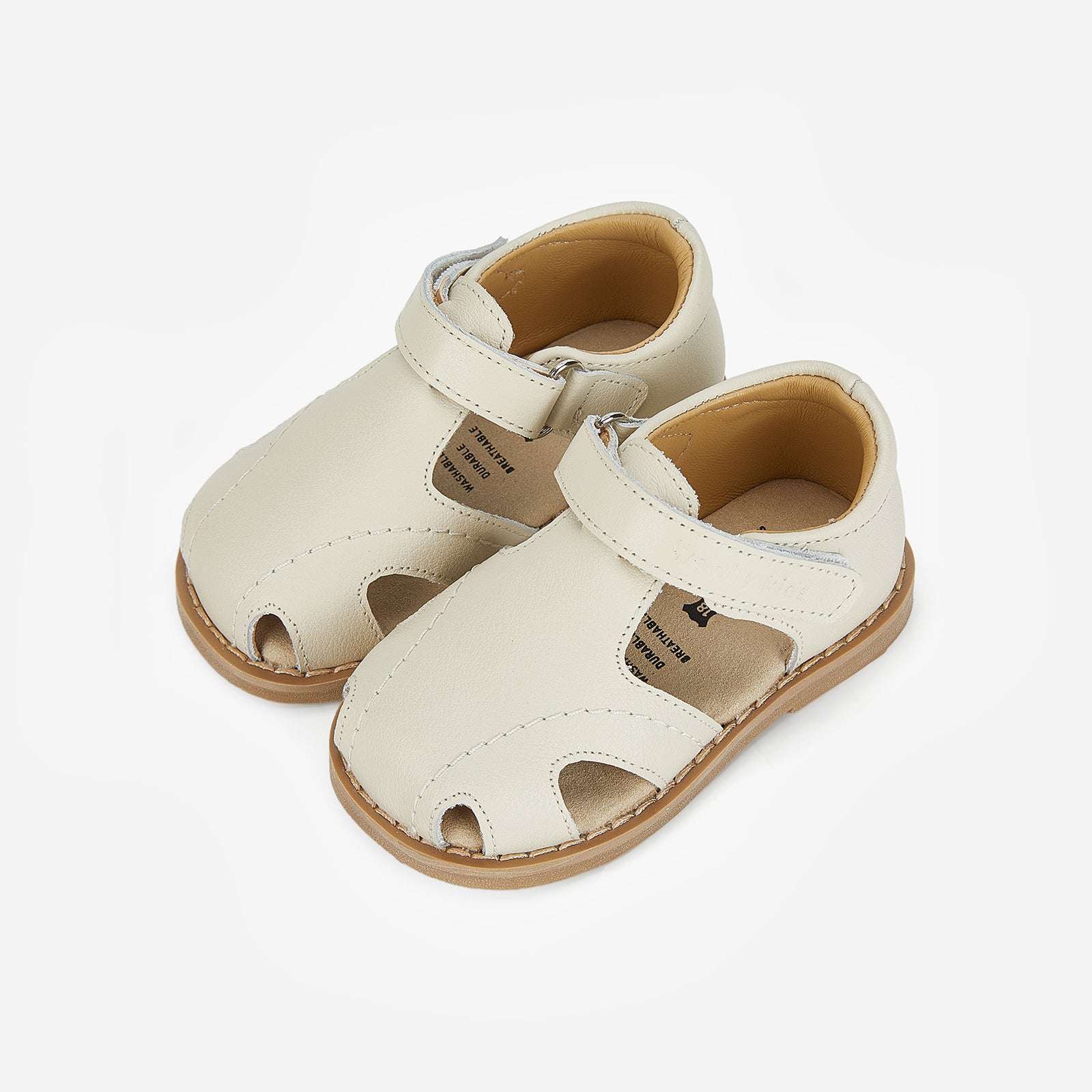

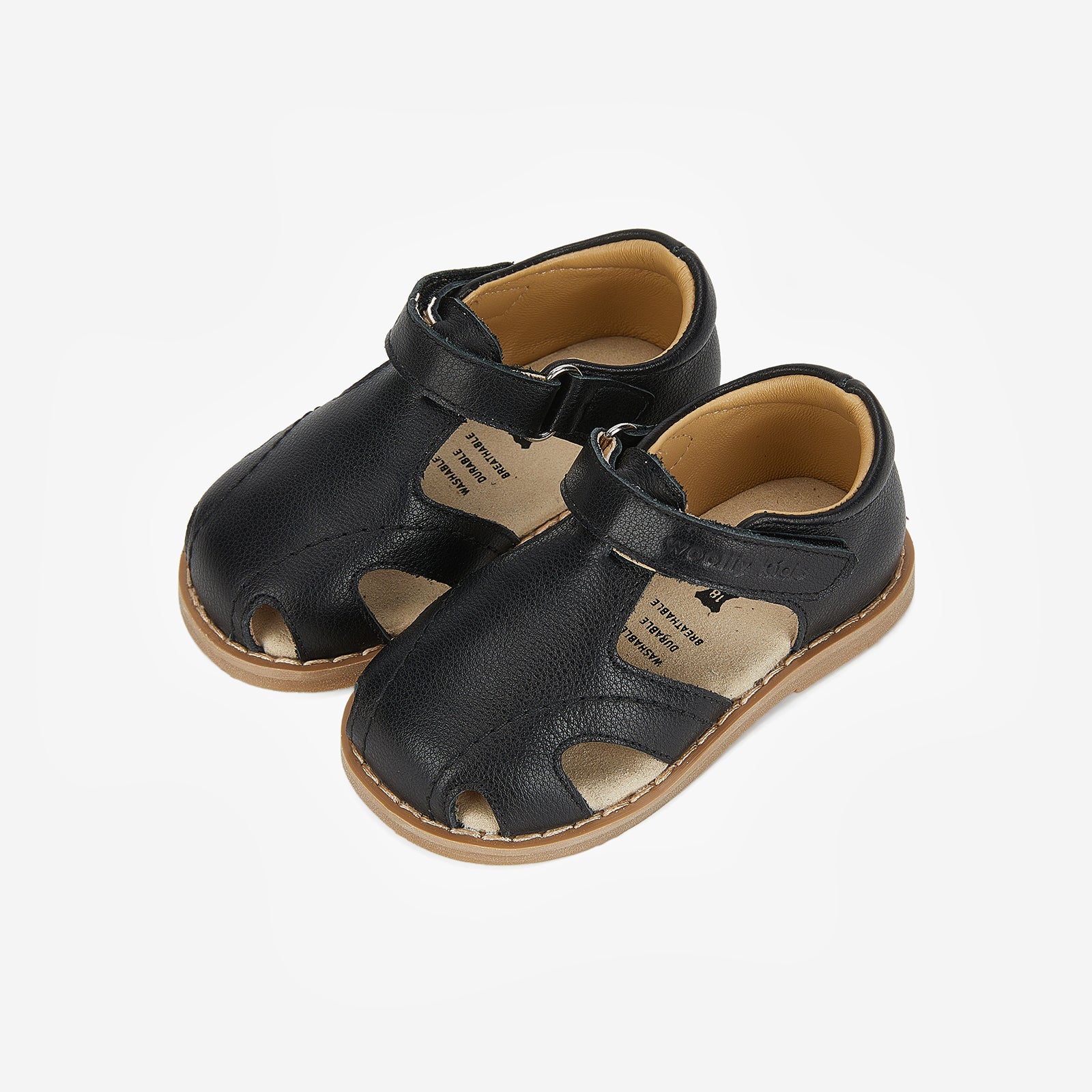


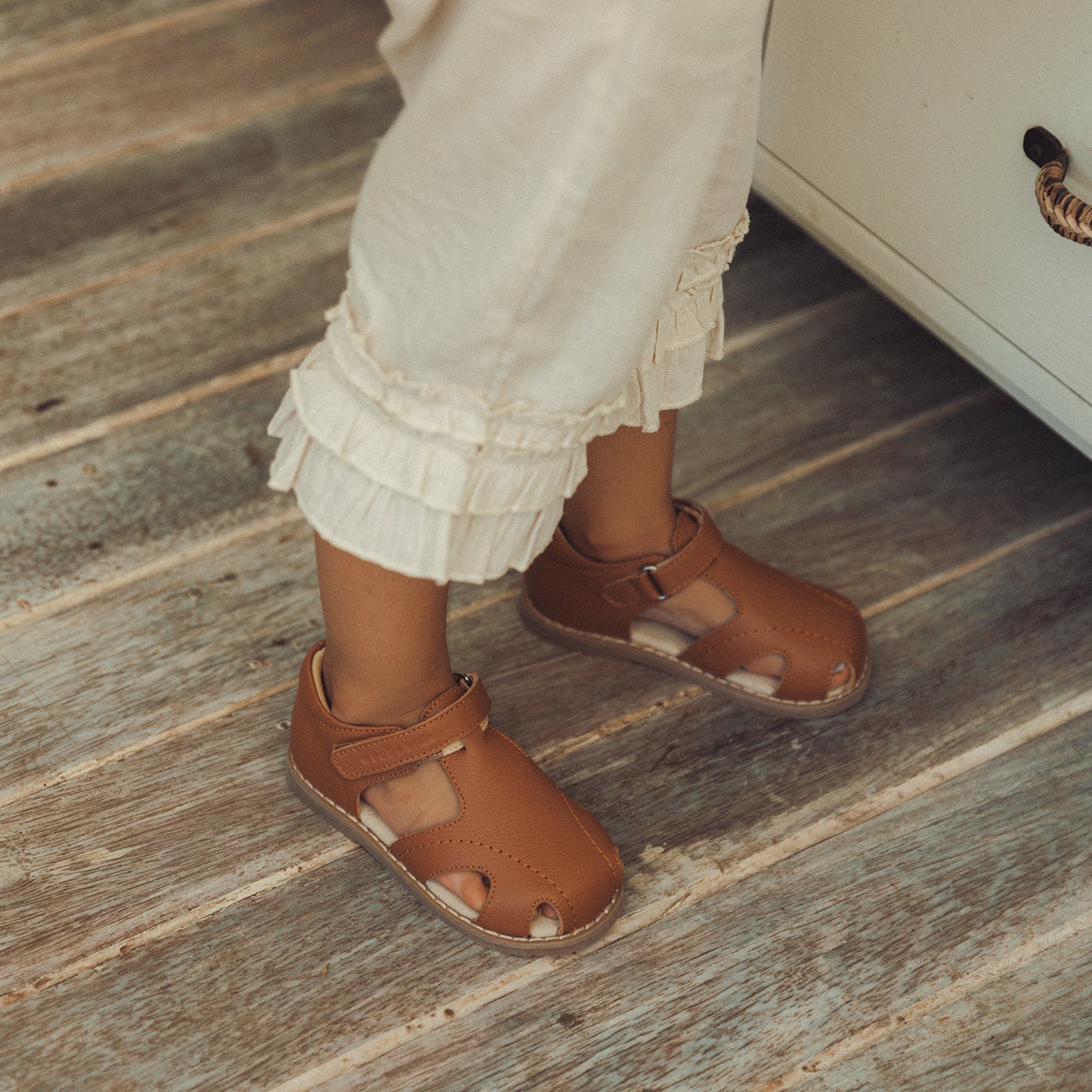
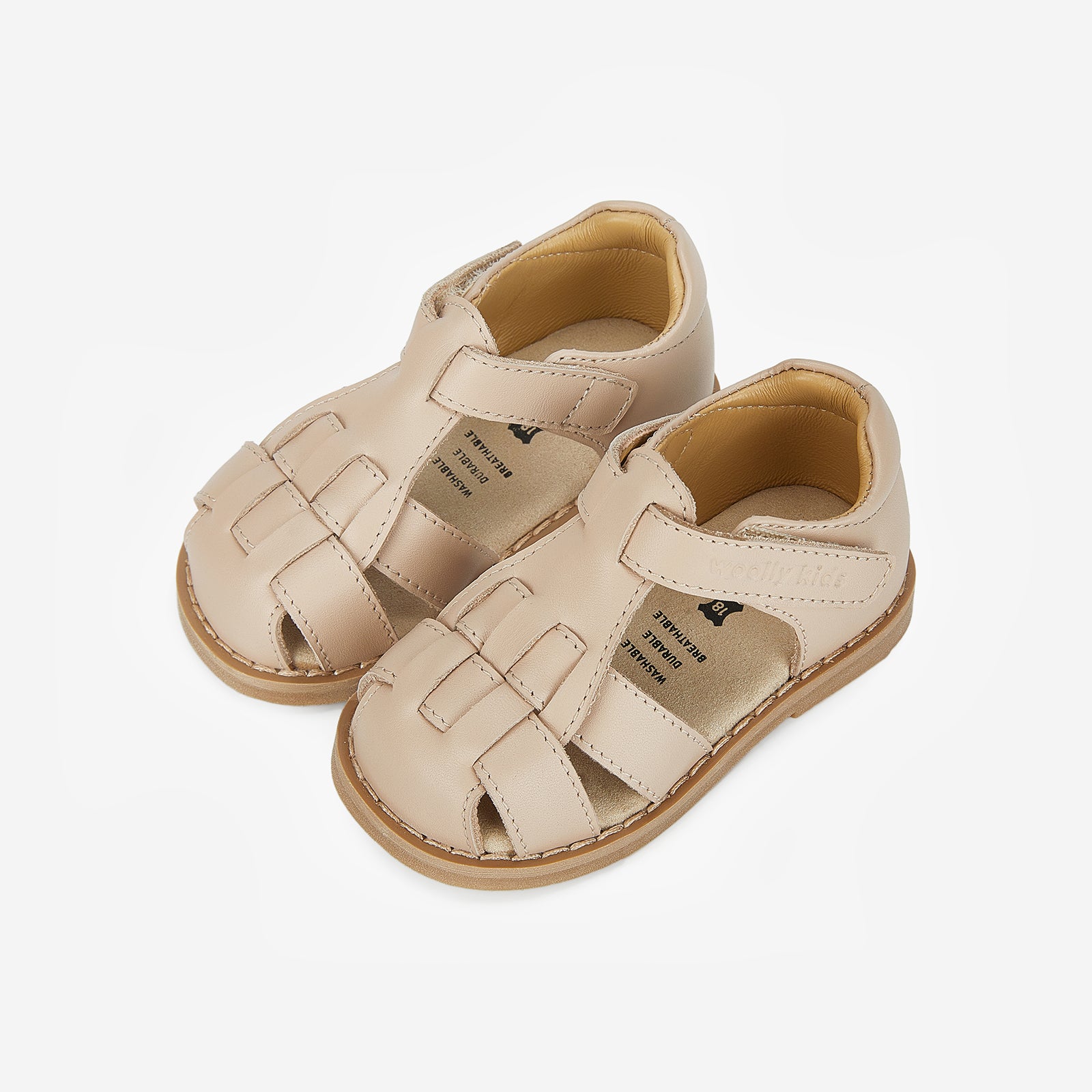
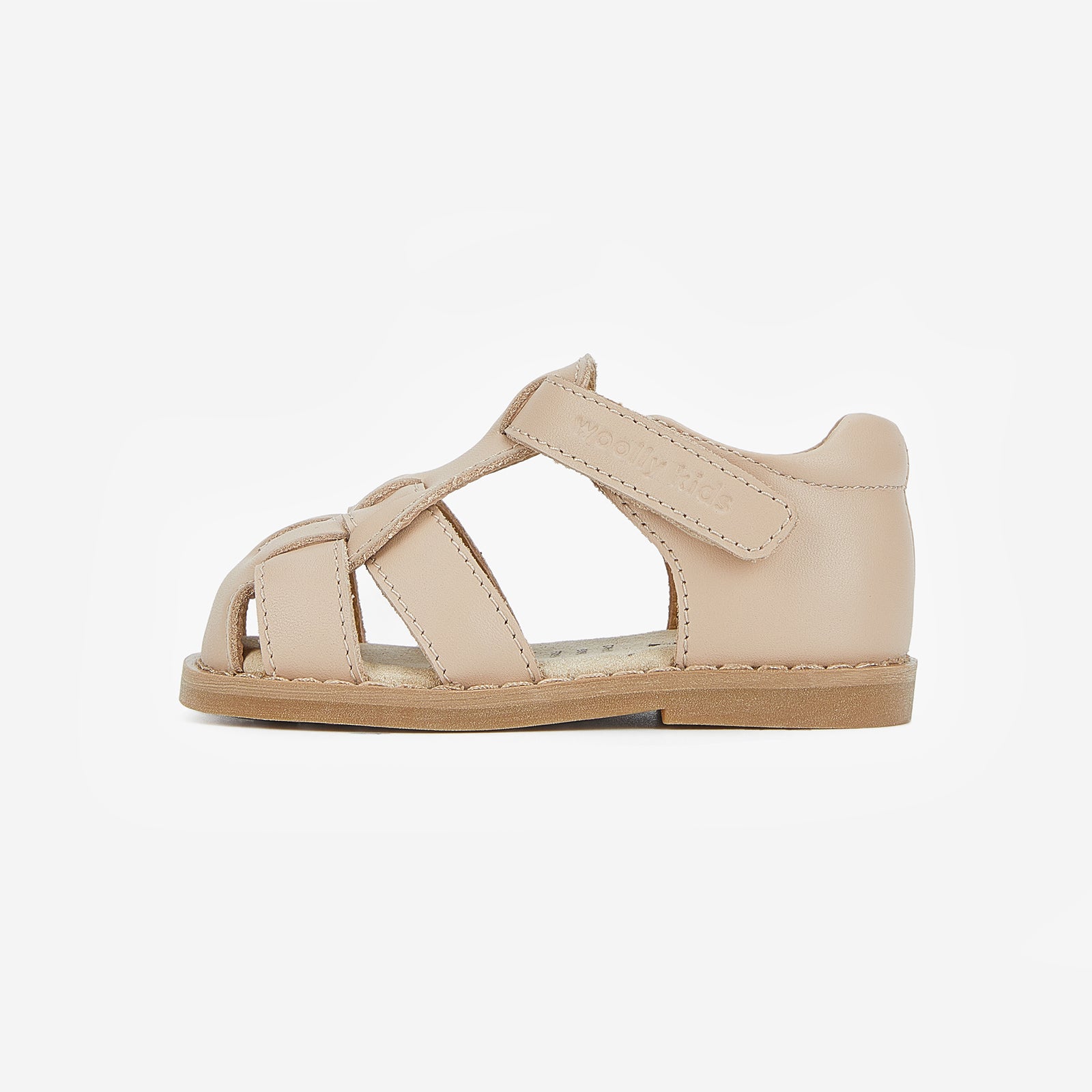


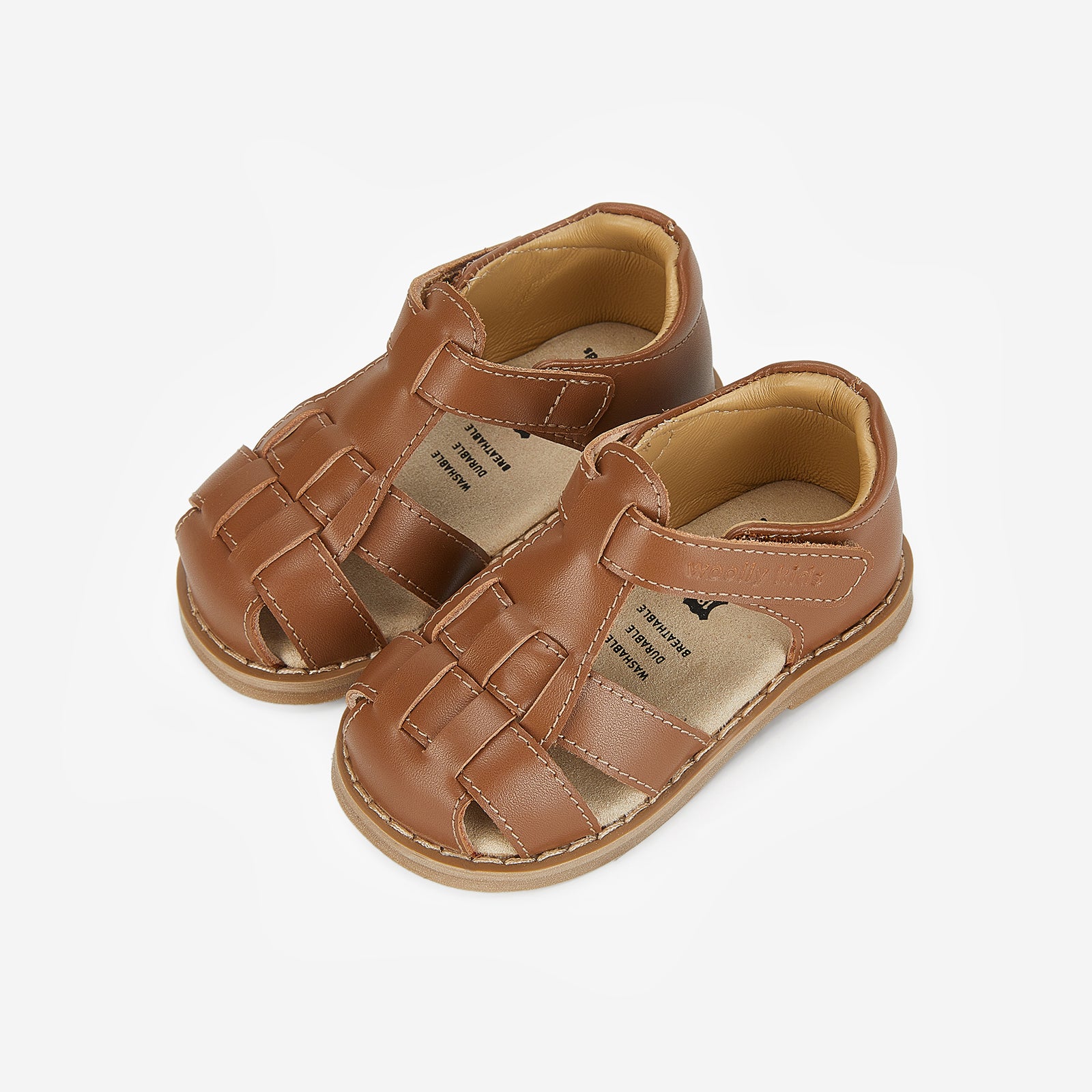




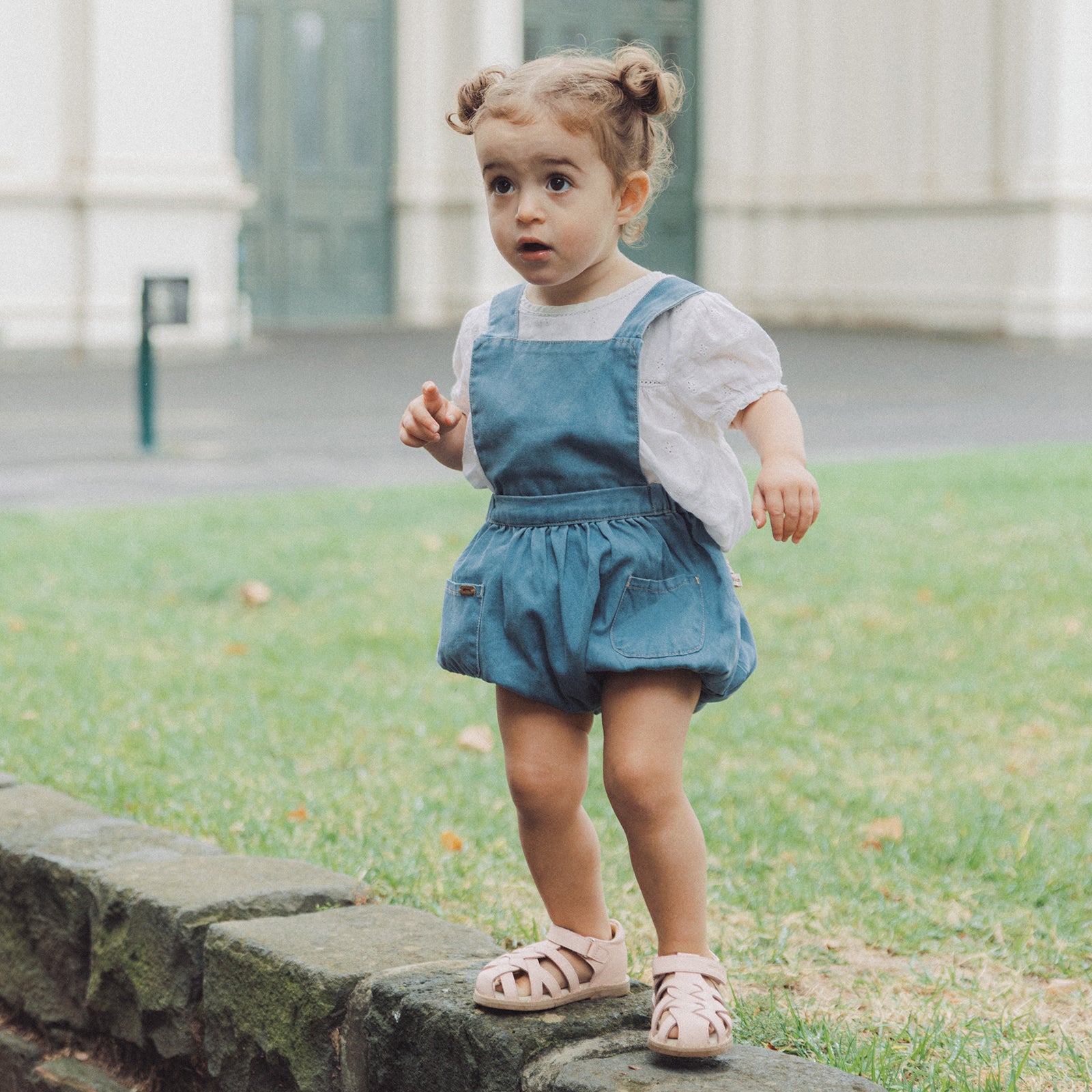


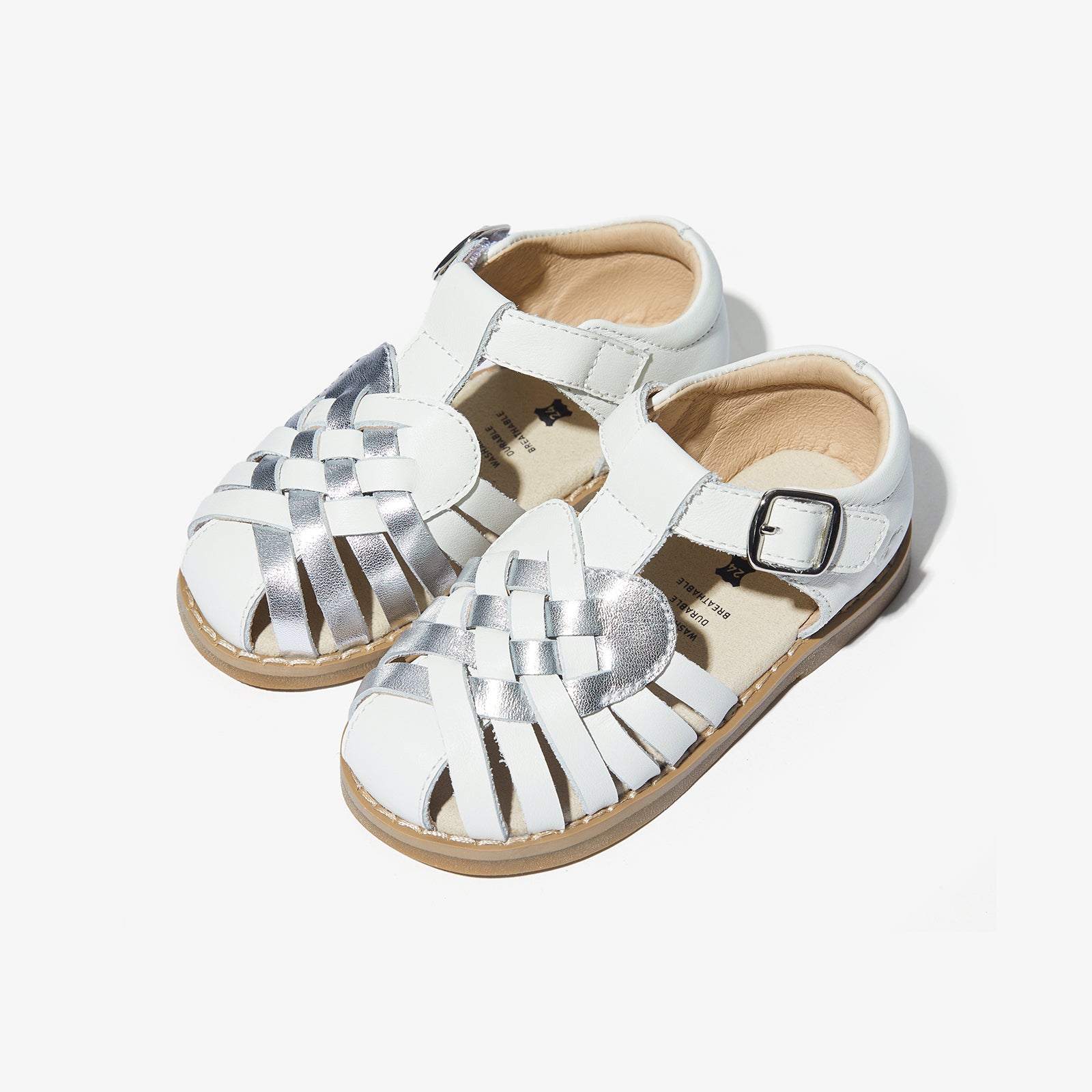
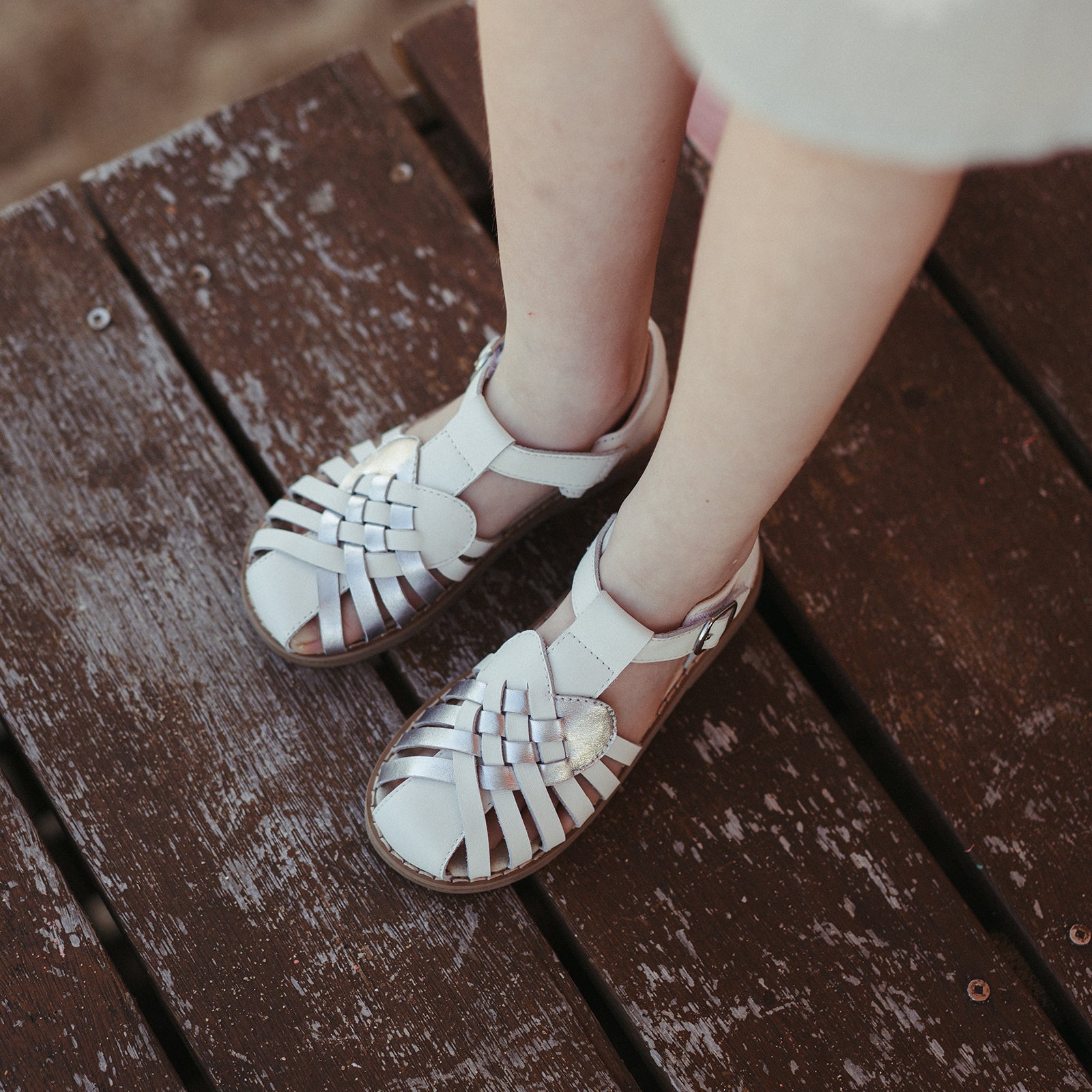
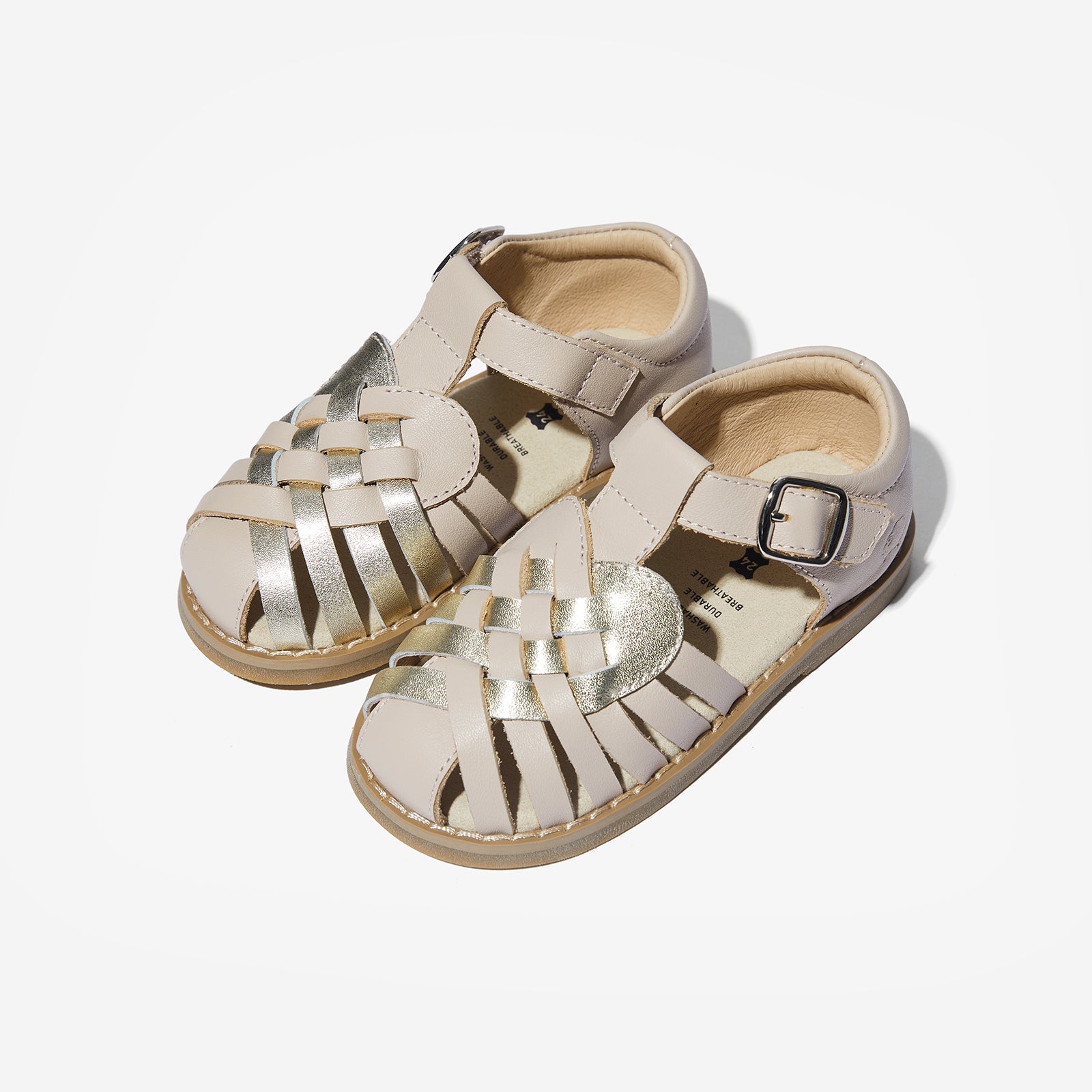
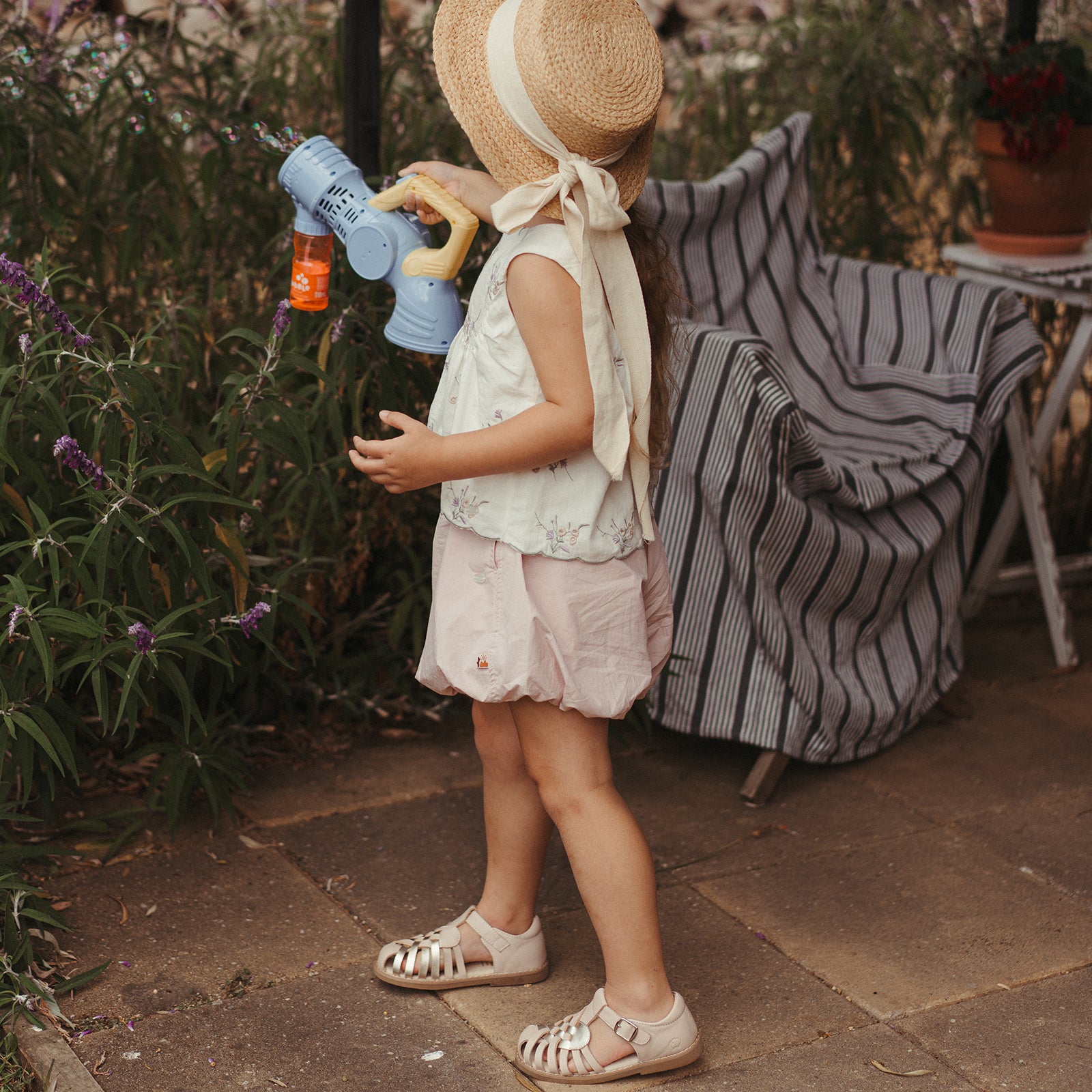

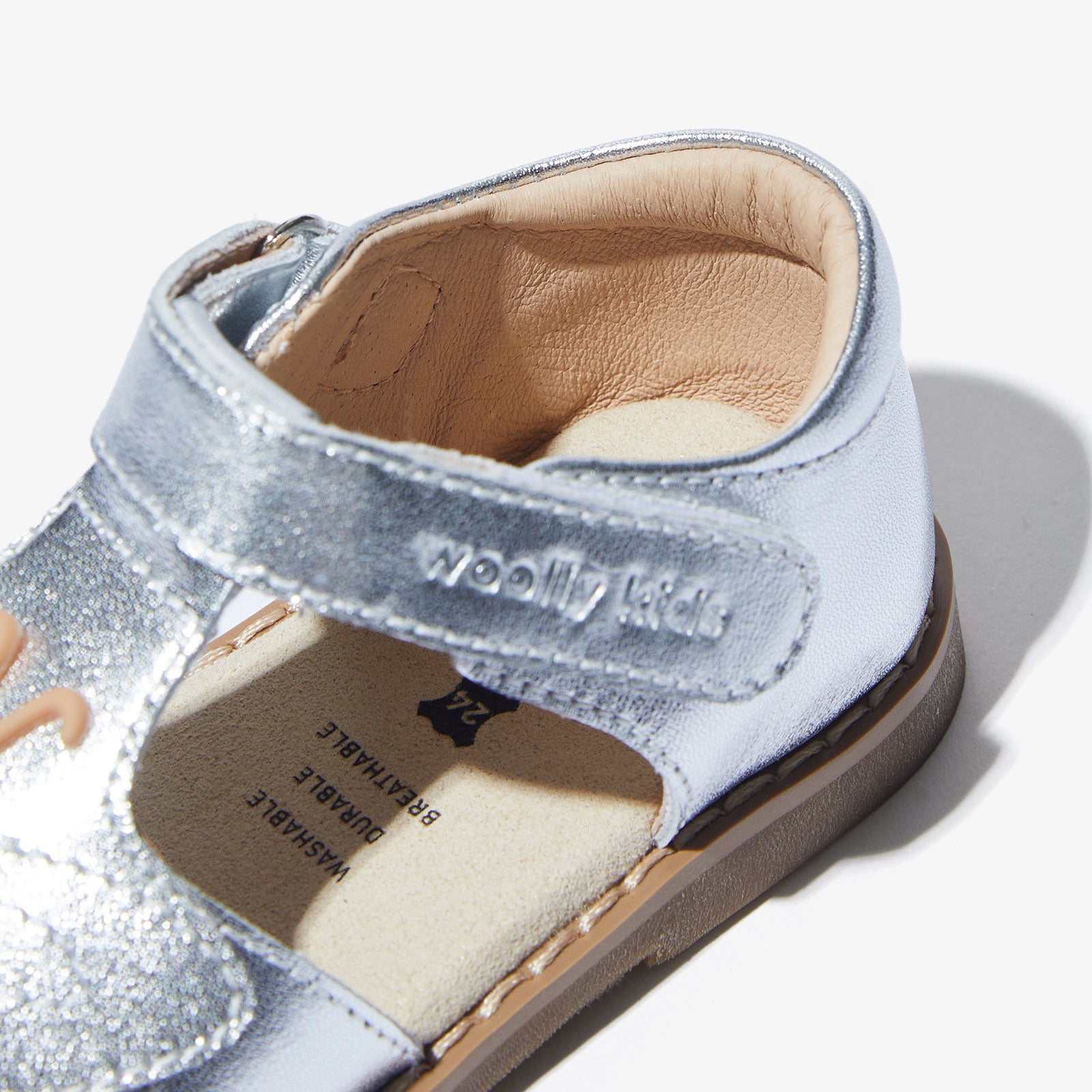


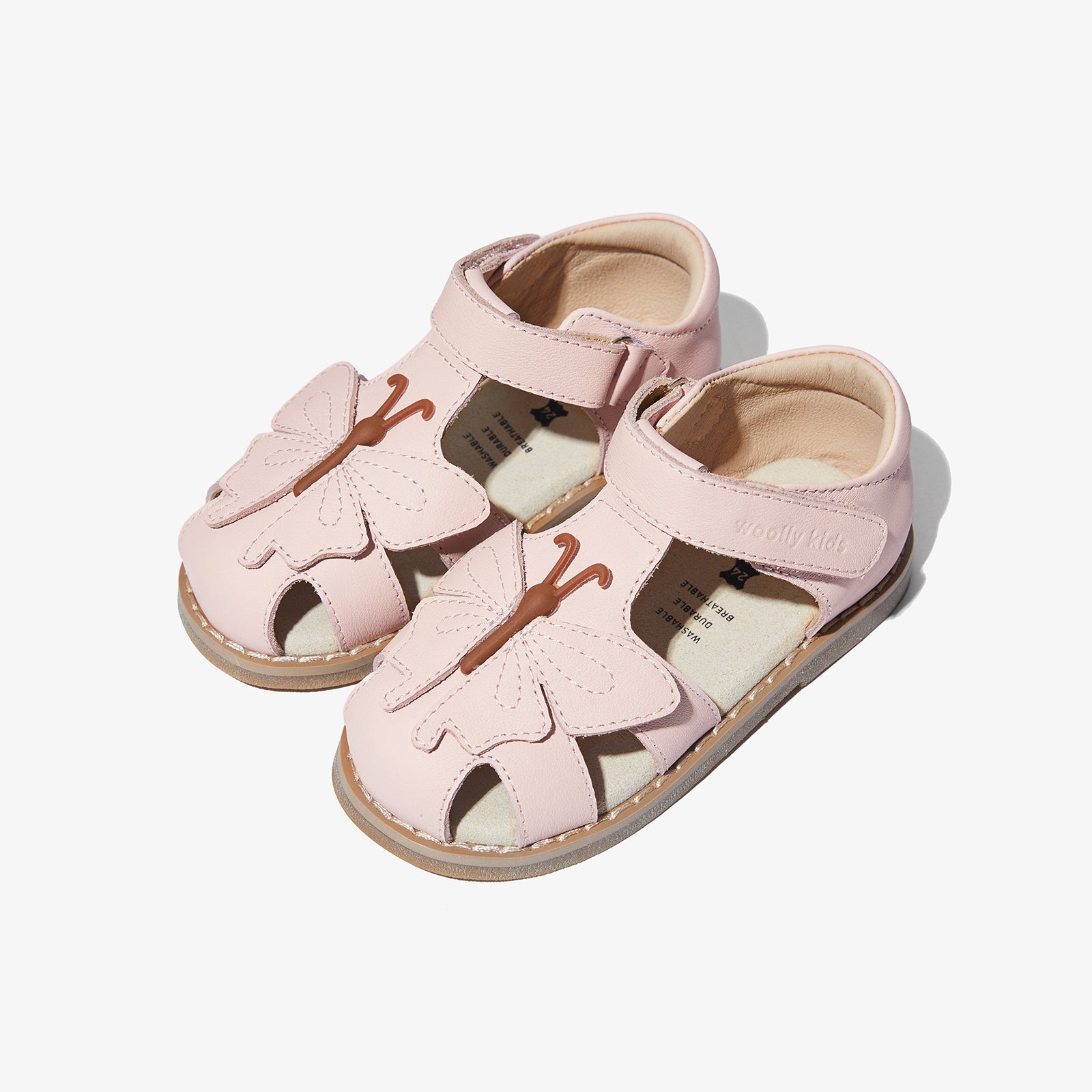
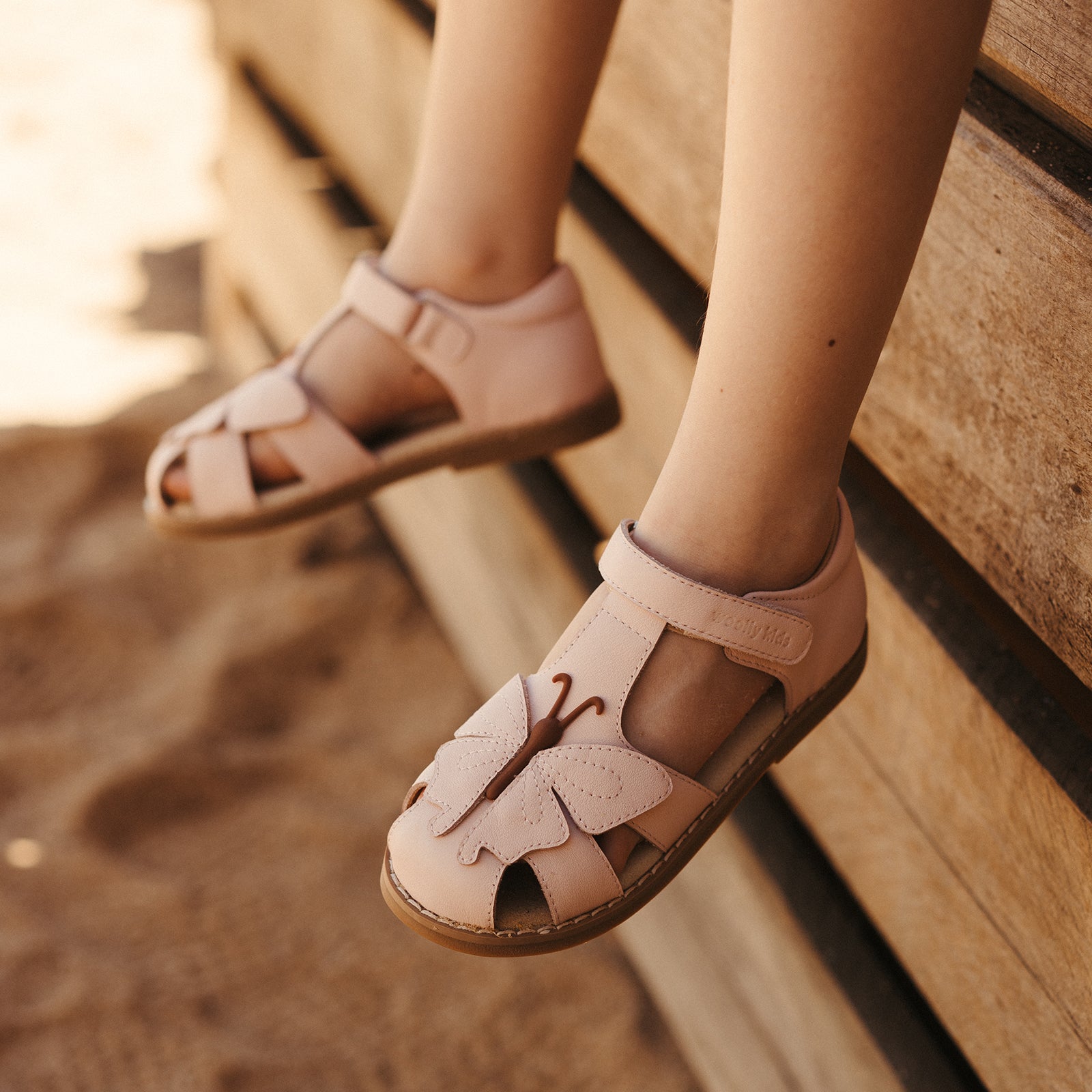




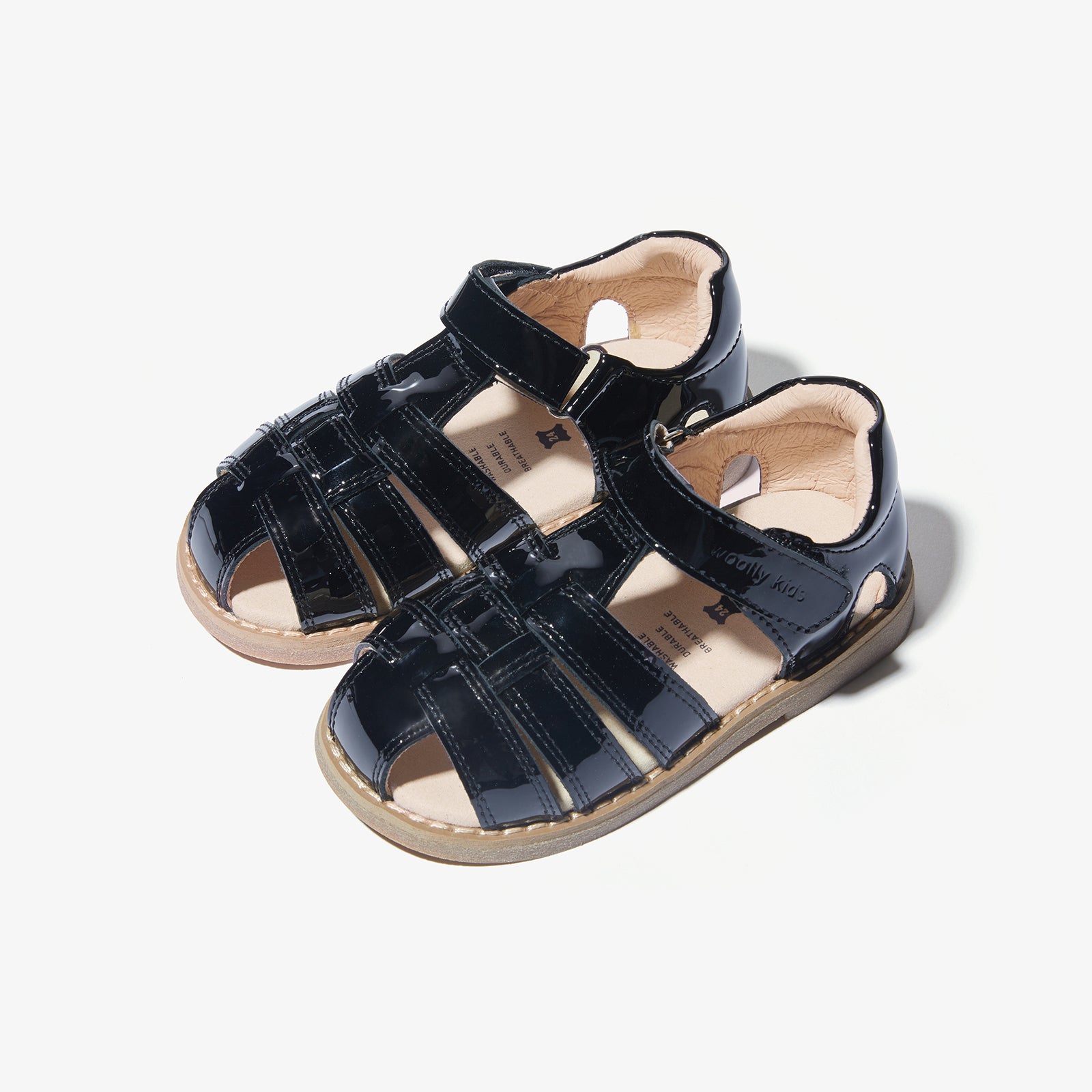



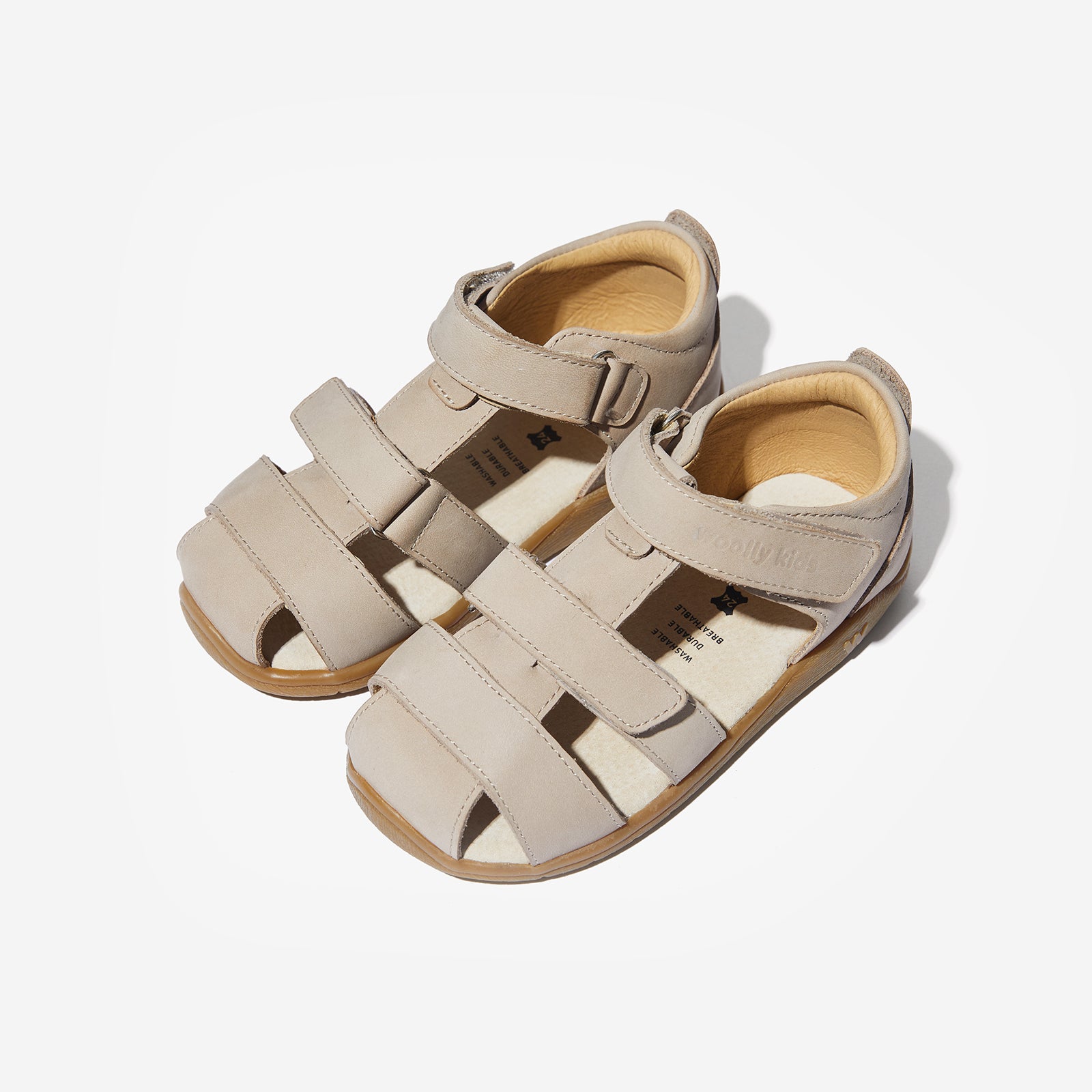

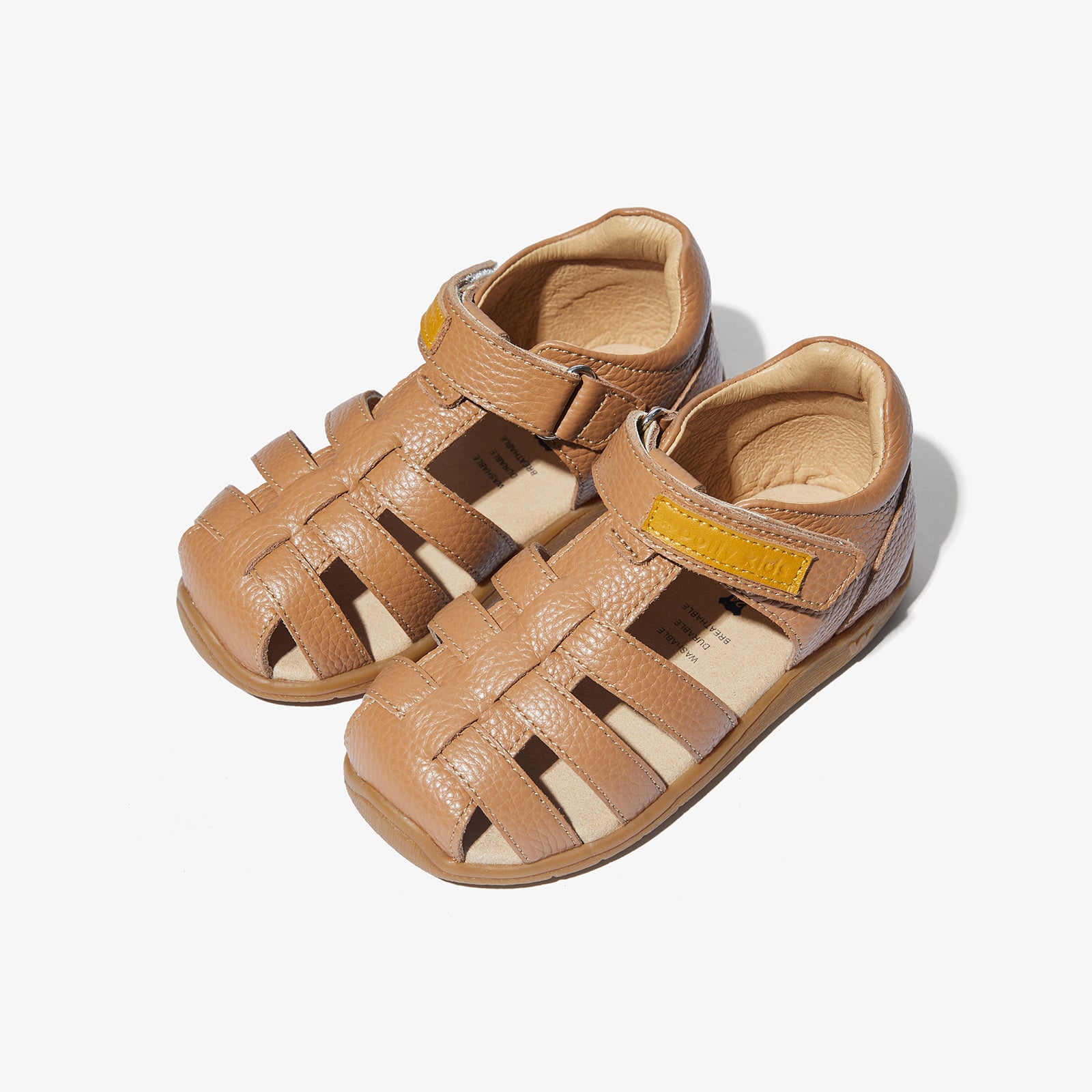

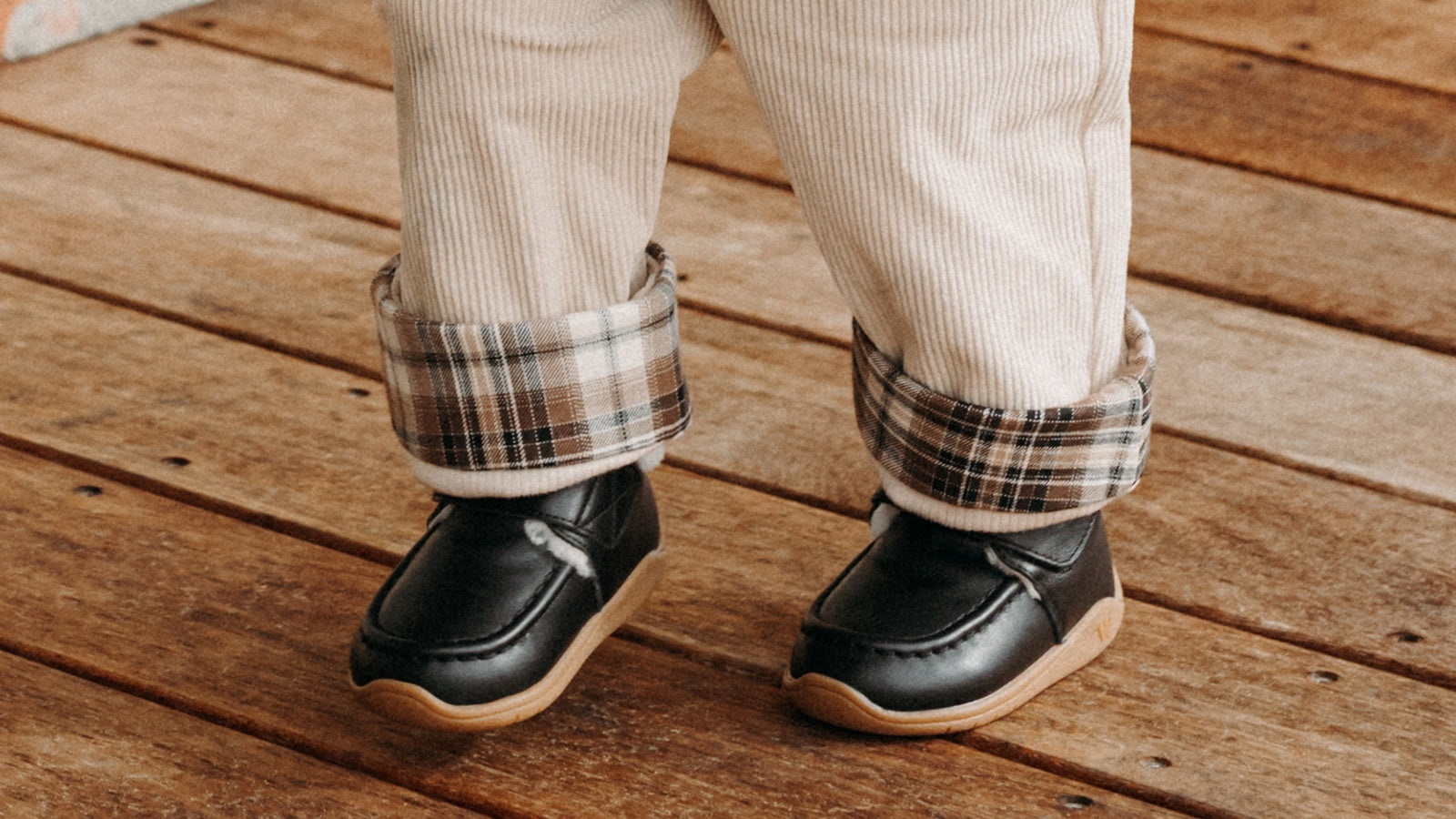

Leave a comment
All comments are moderated before being published.
This site is protected by hCaptcha and the hCaptcha Privacy Policy and Terms of Service apply.